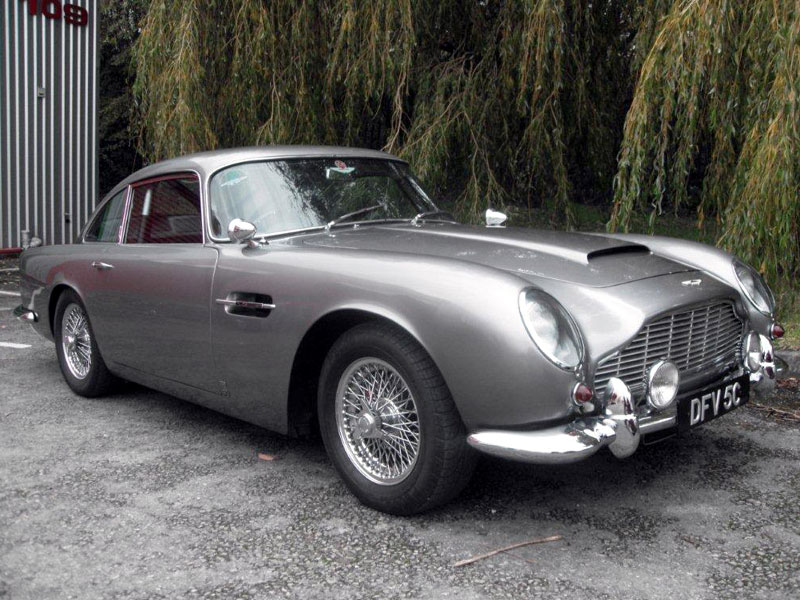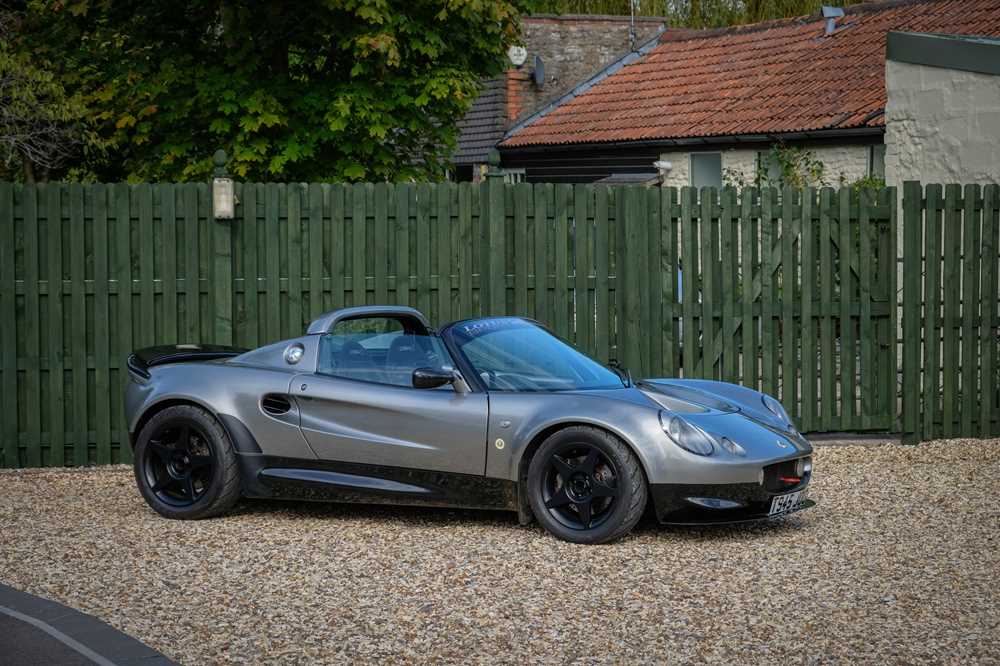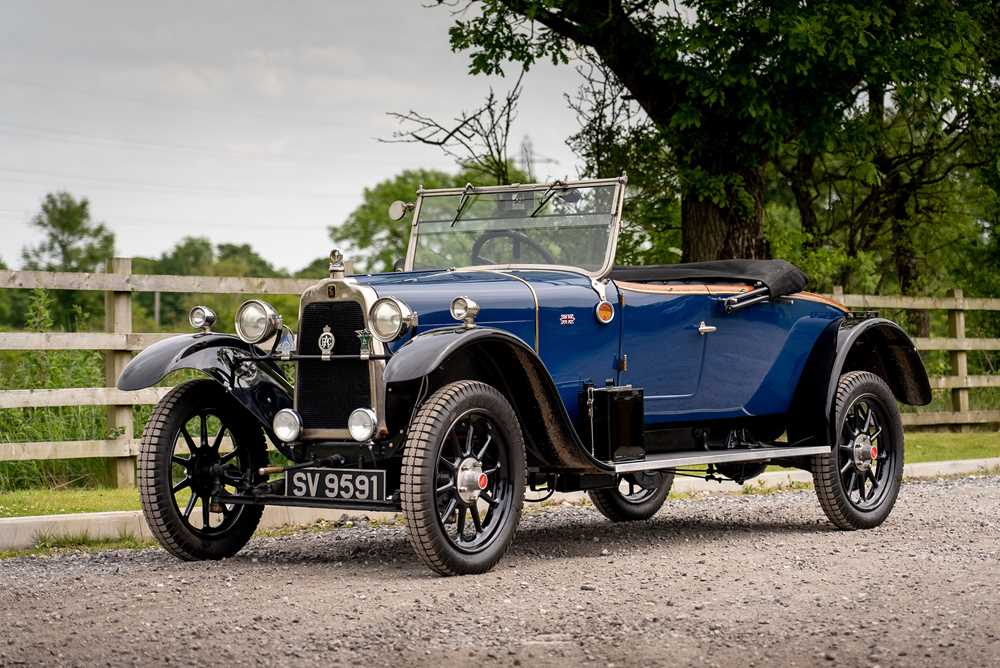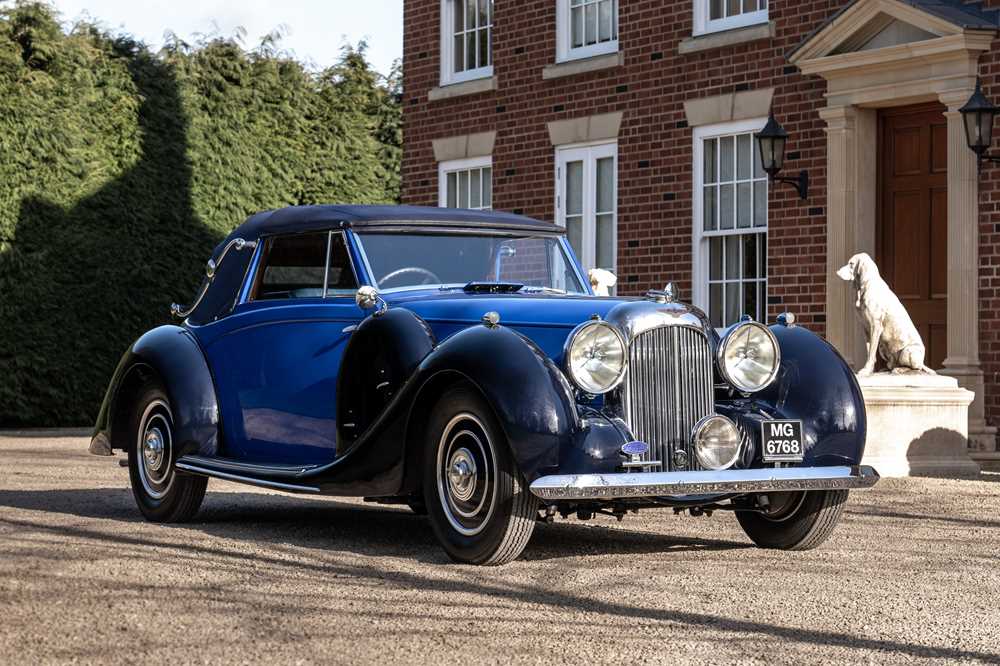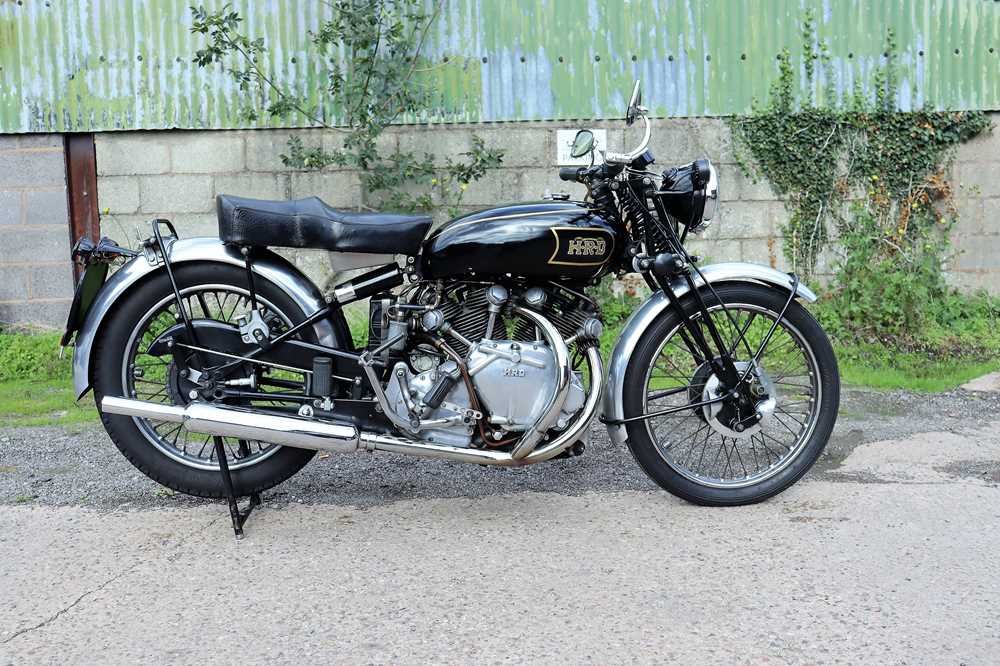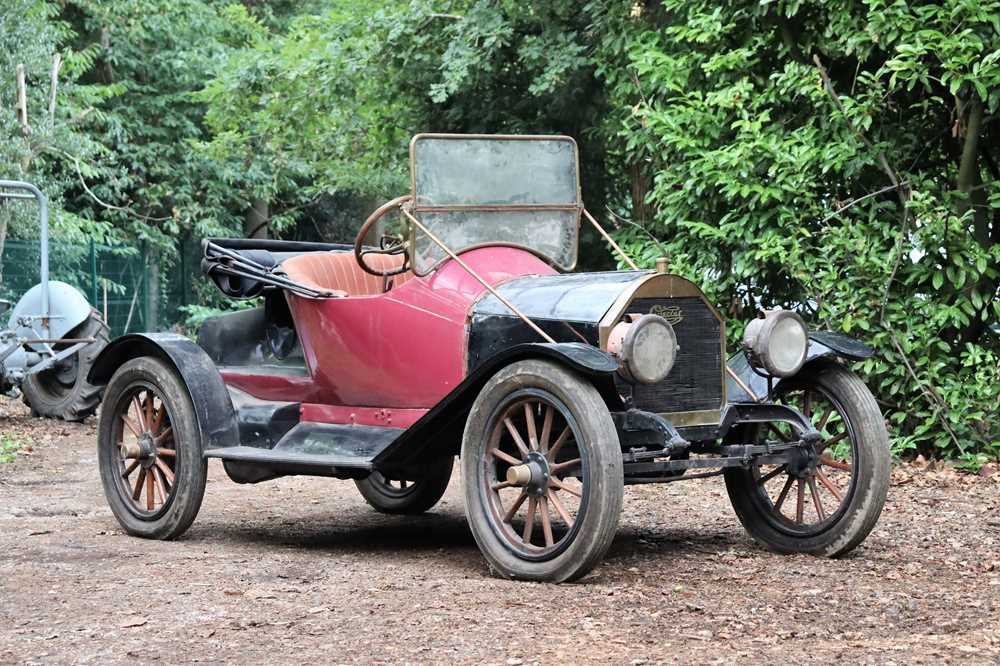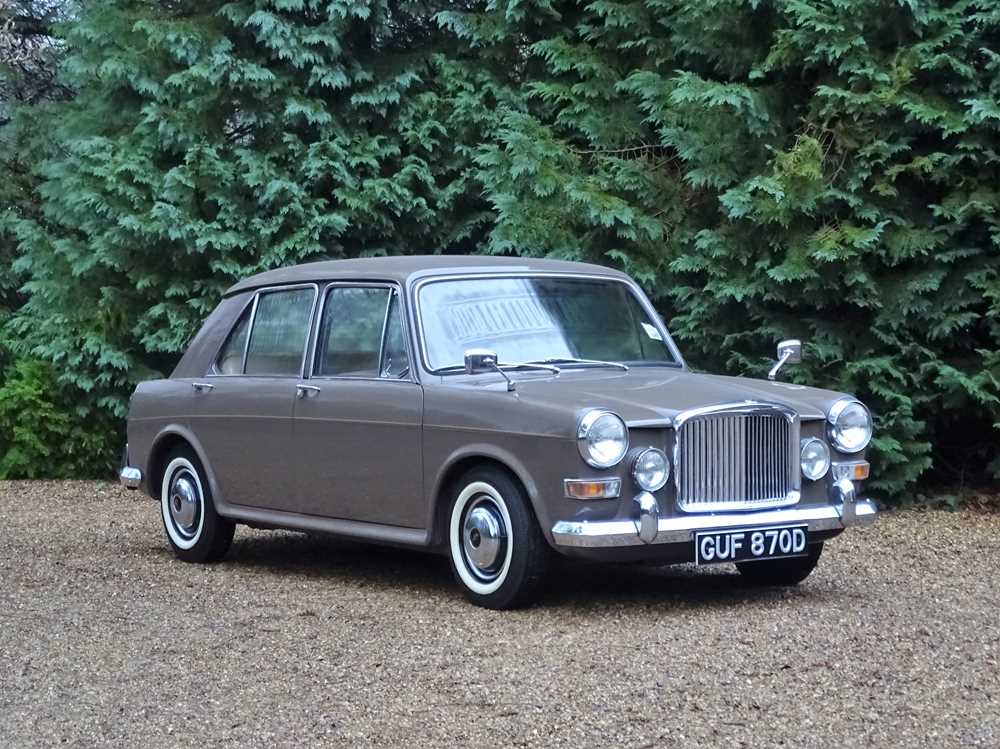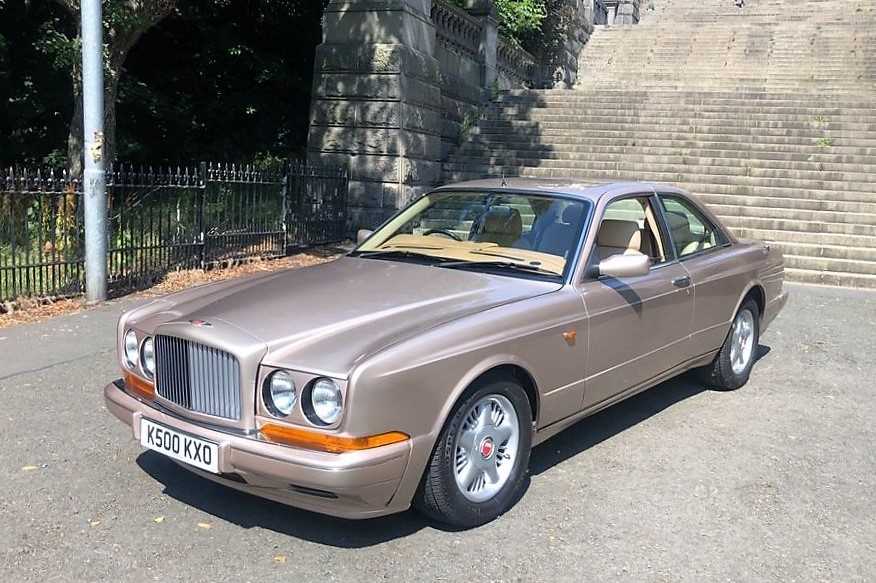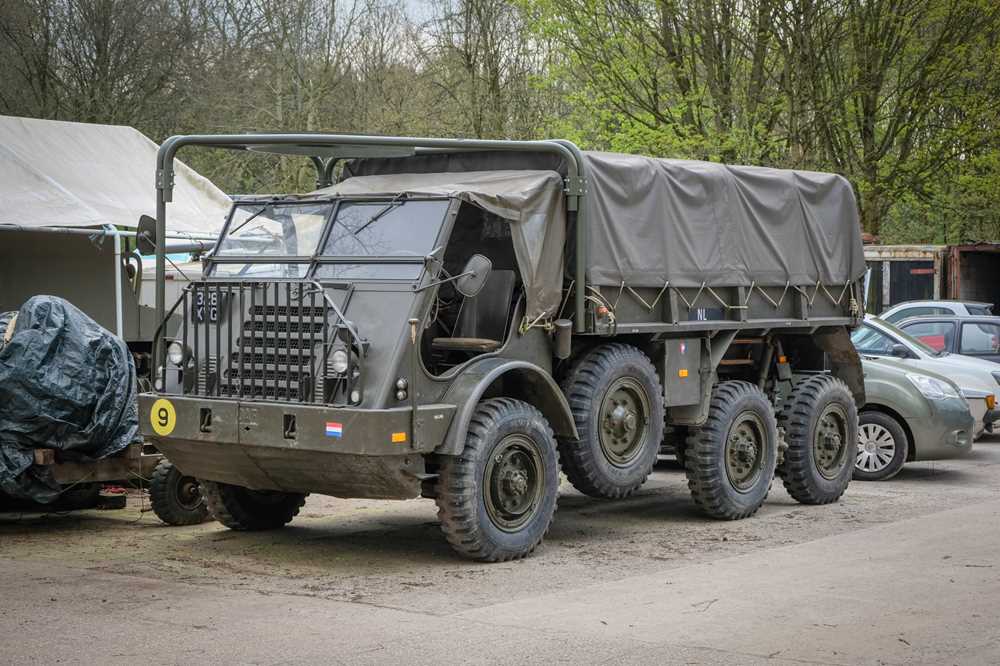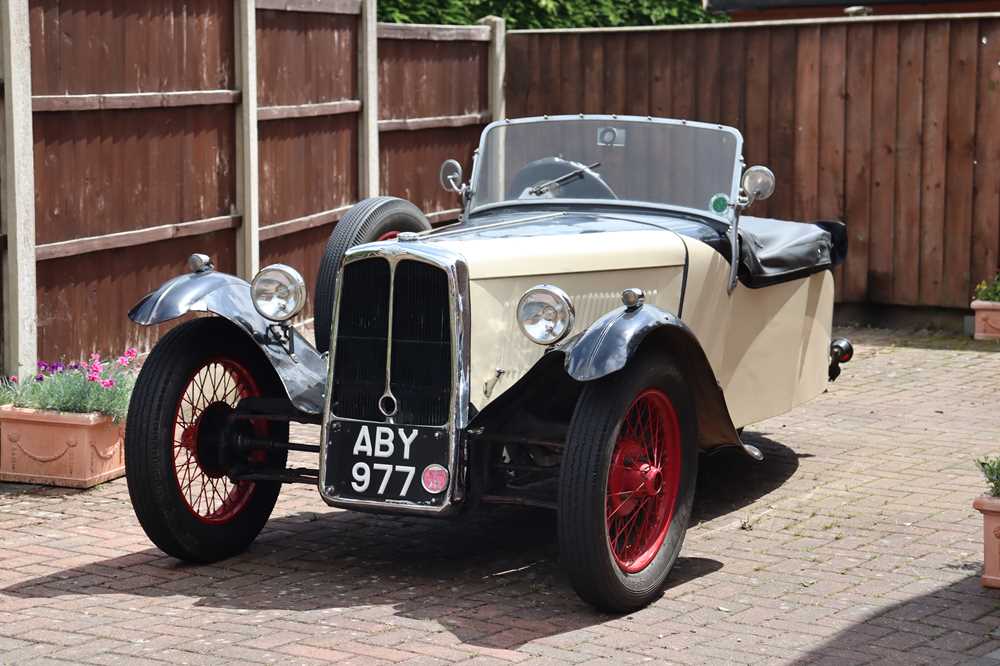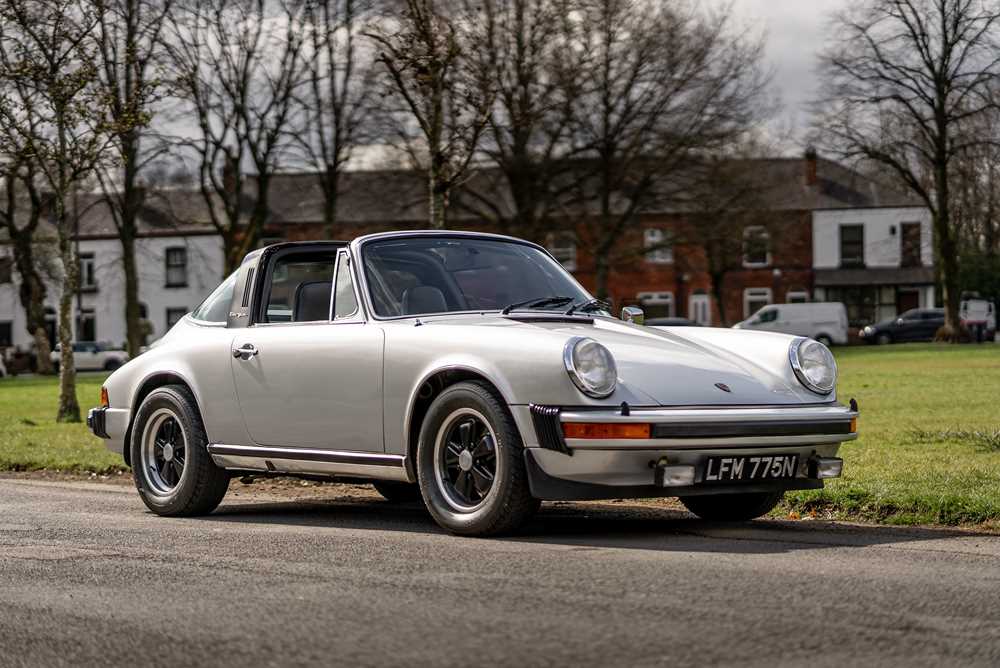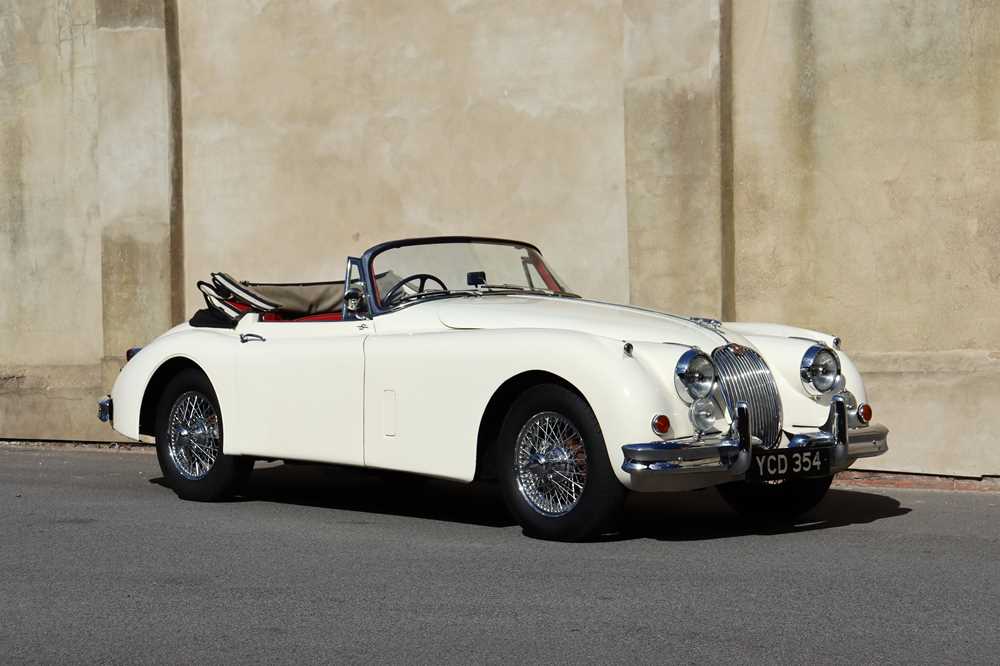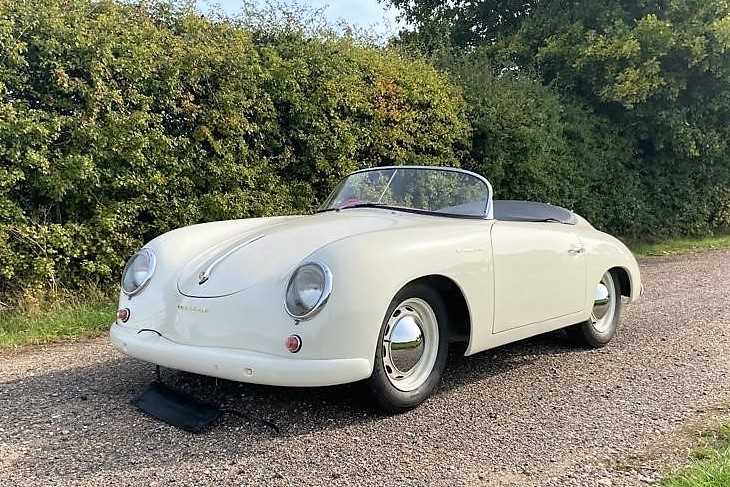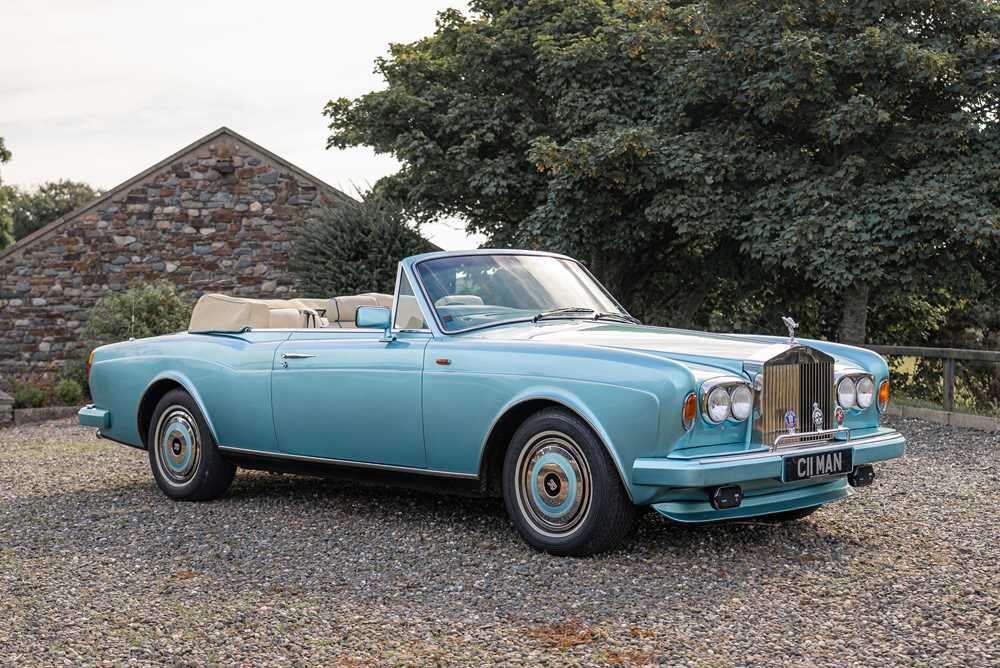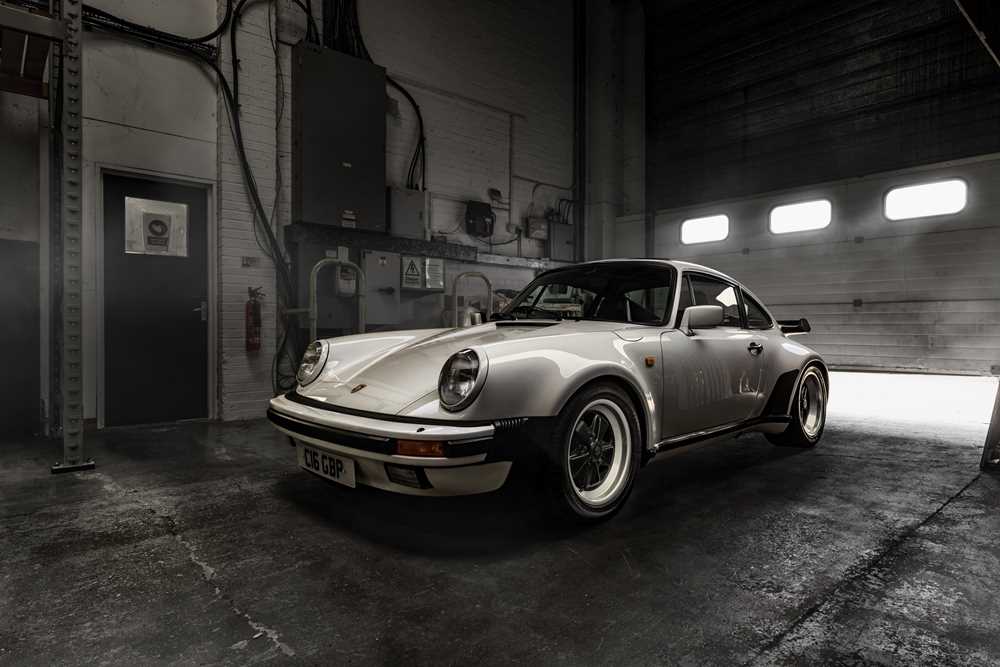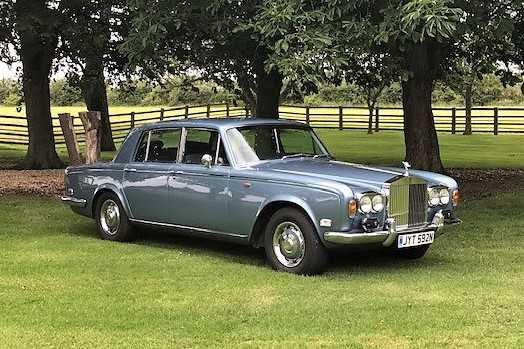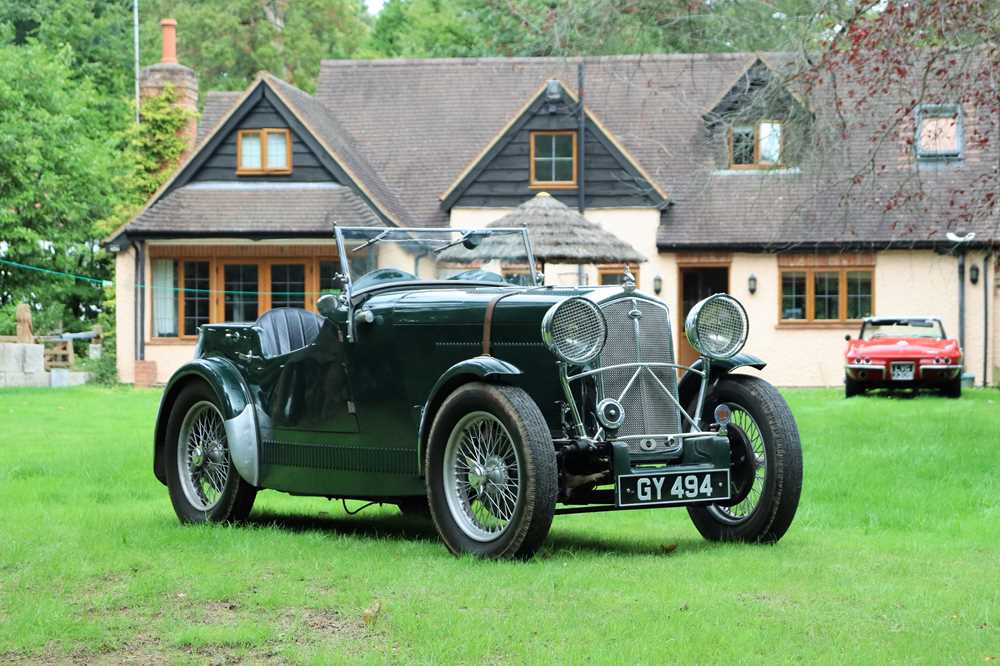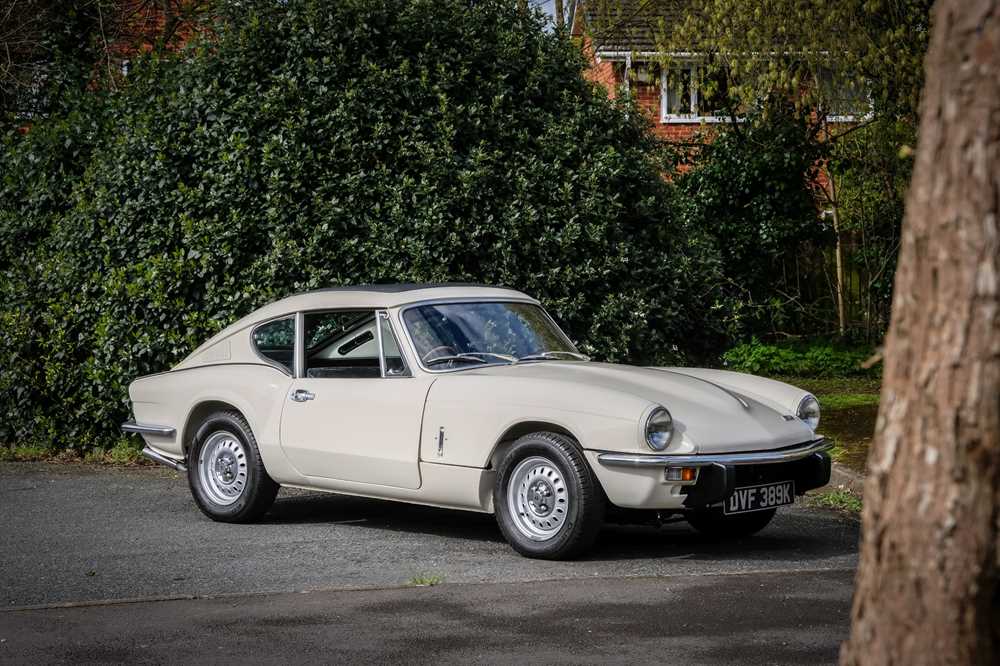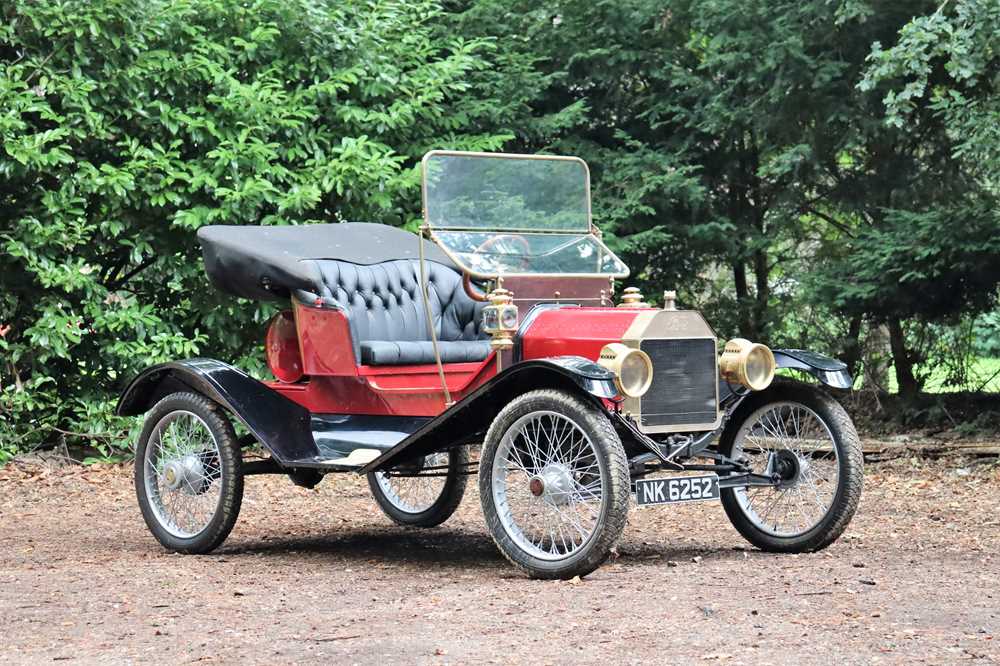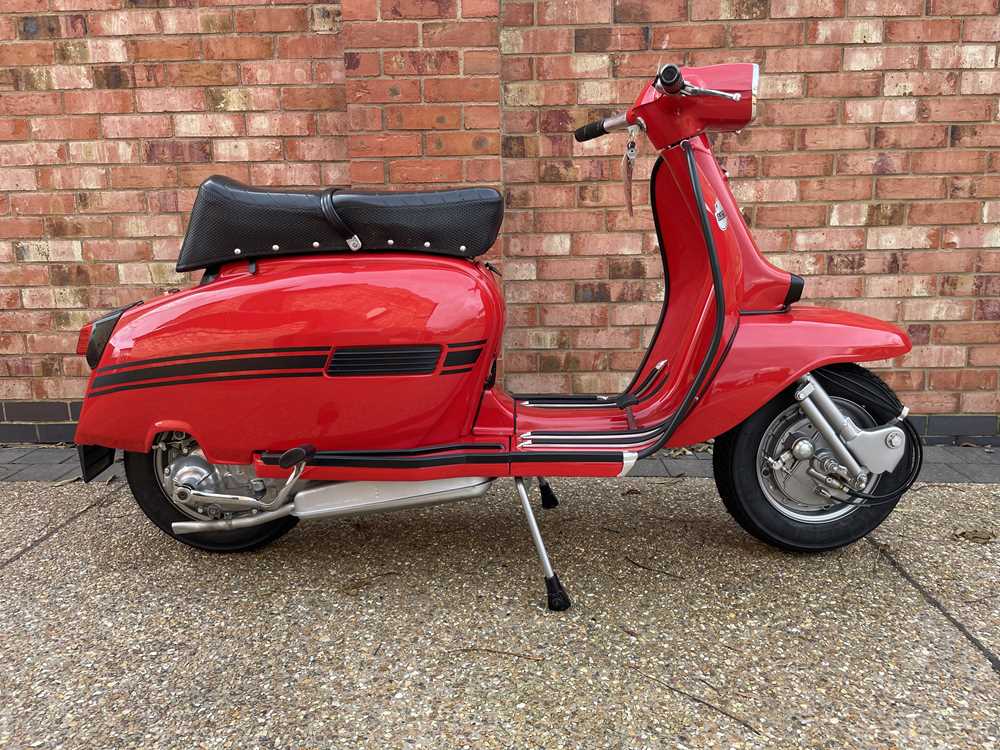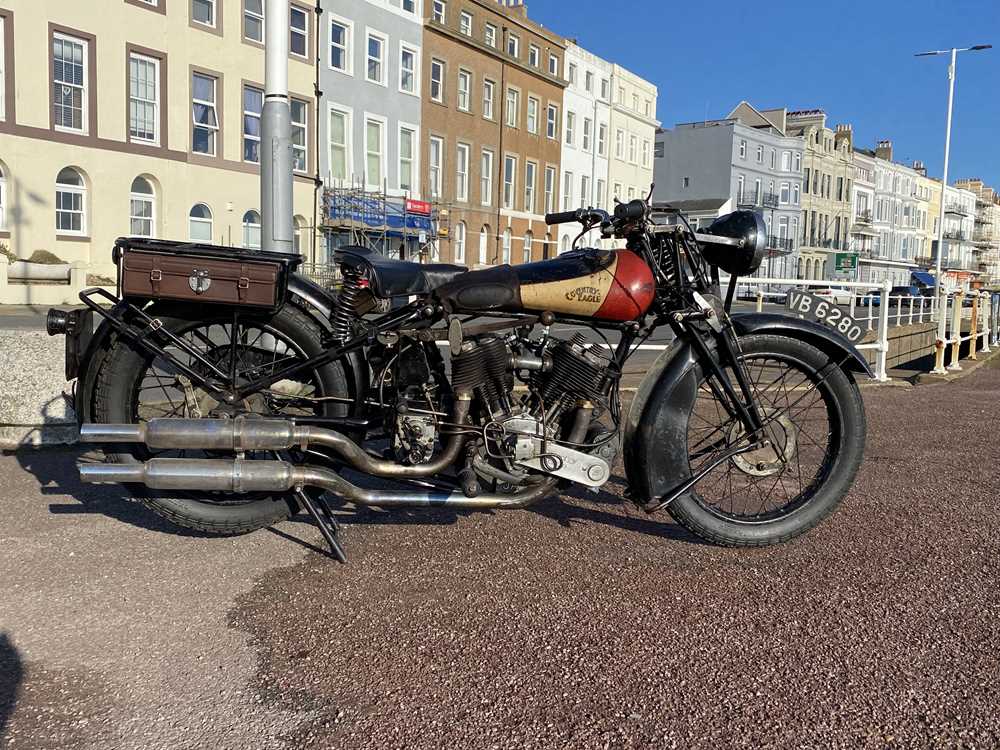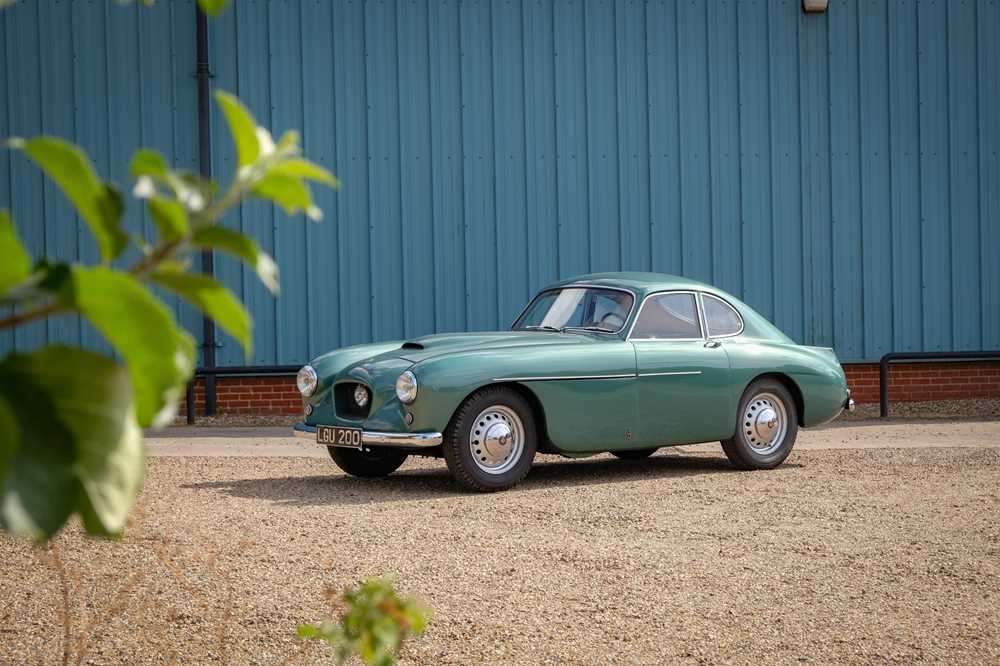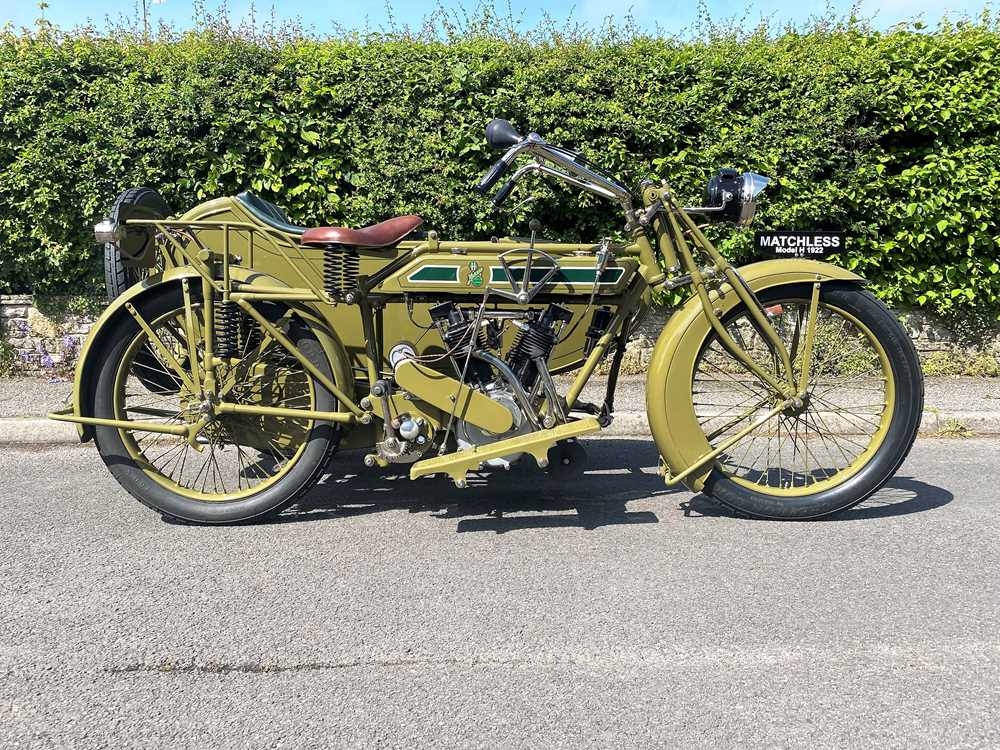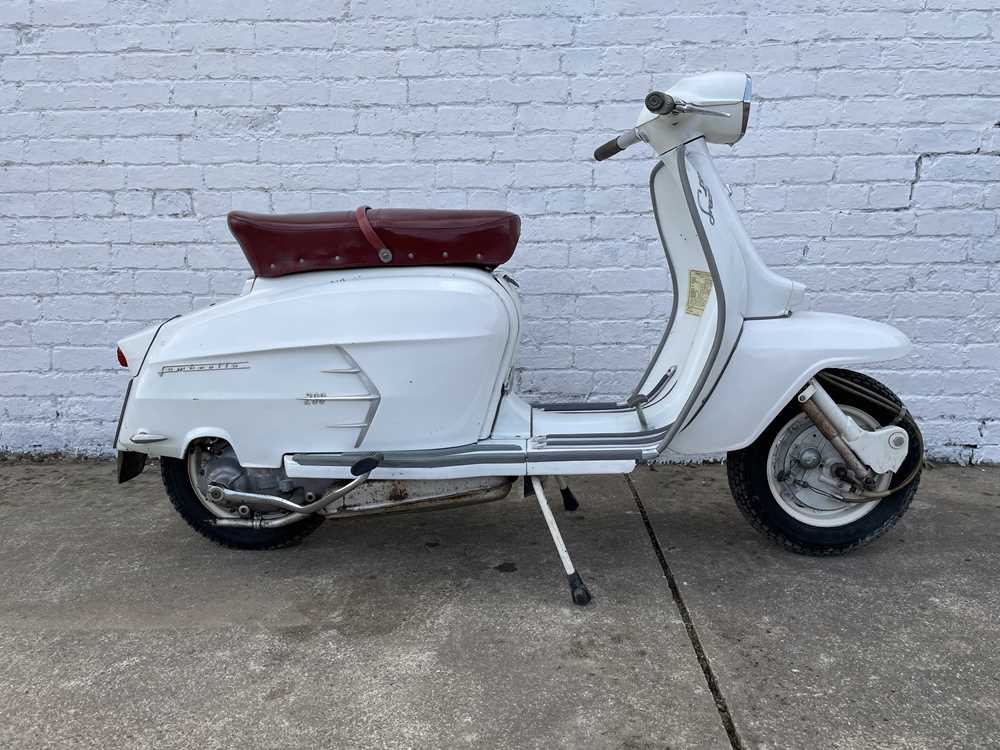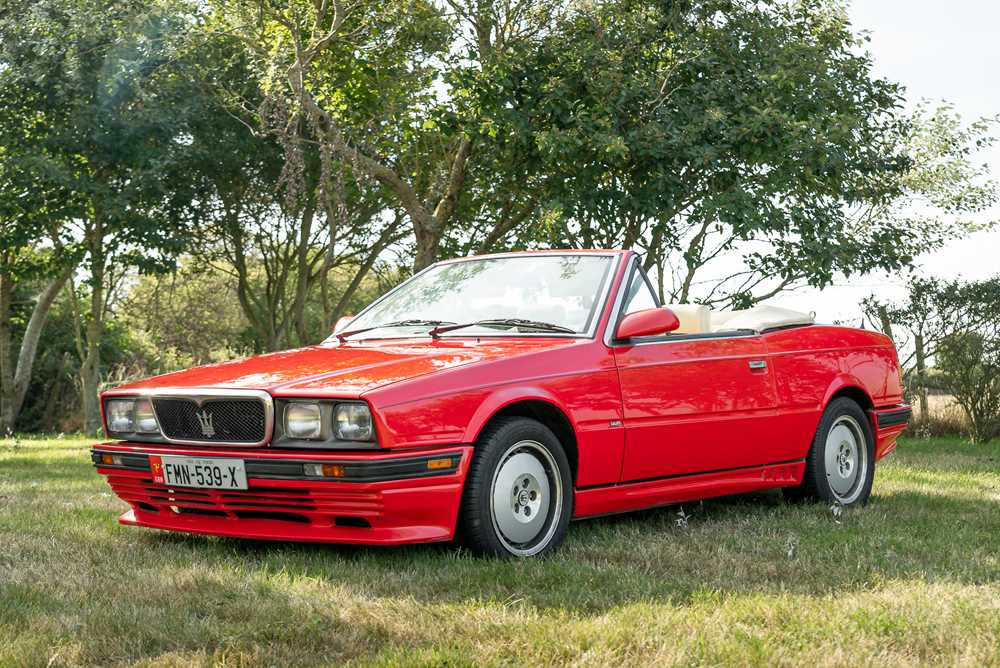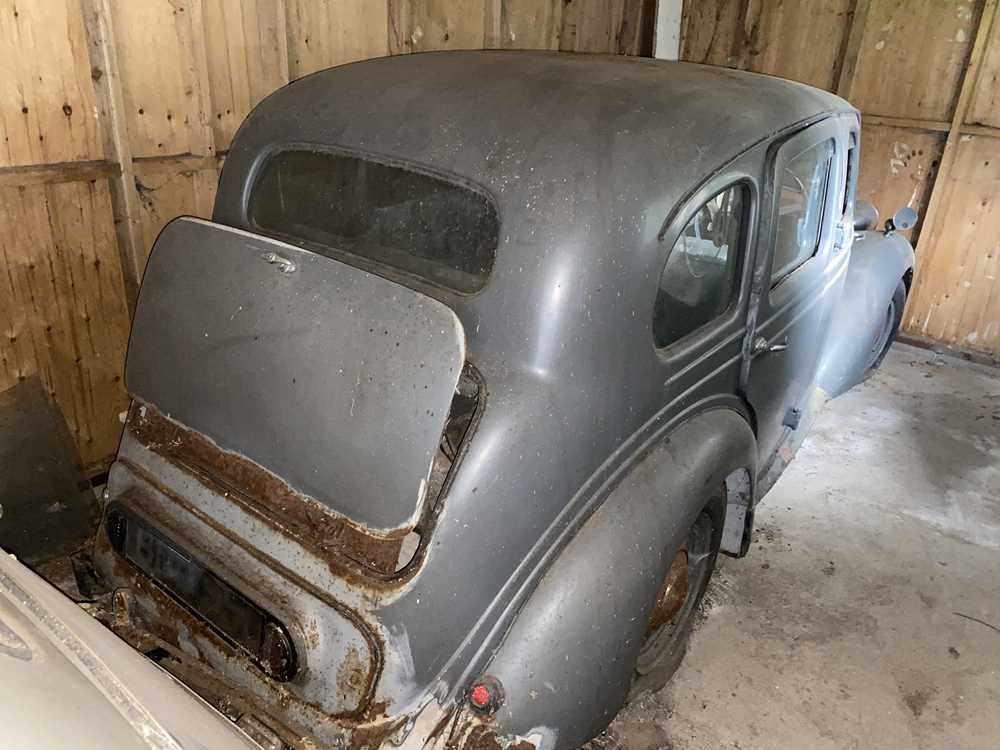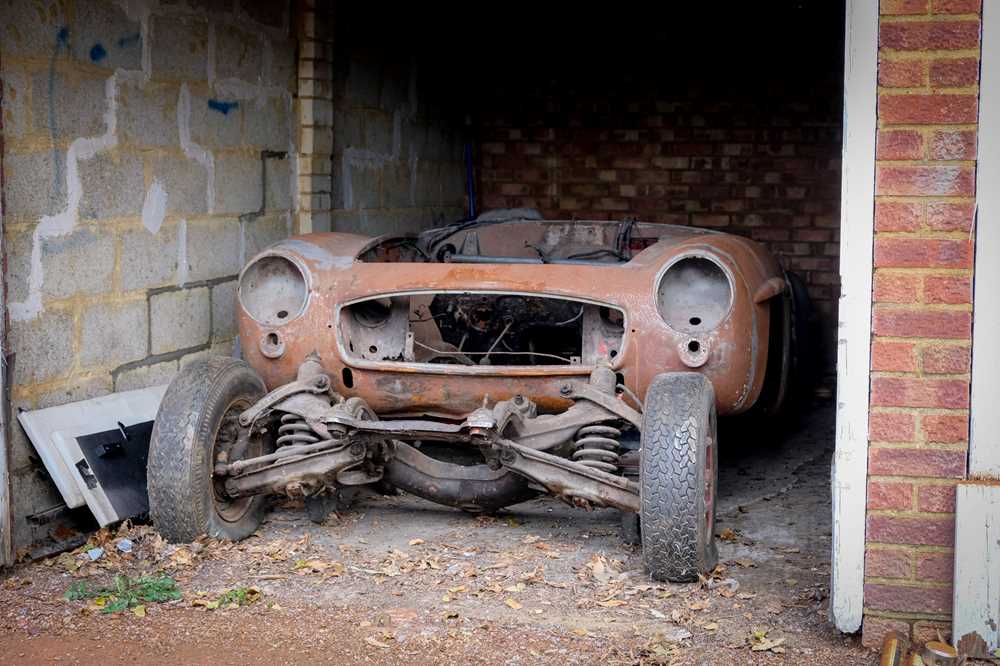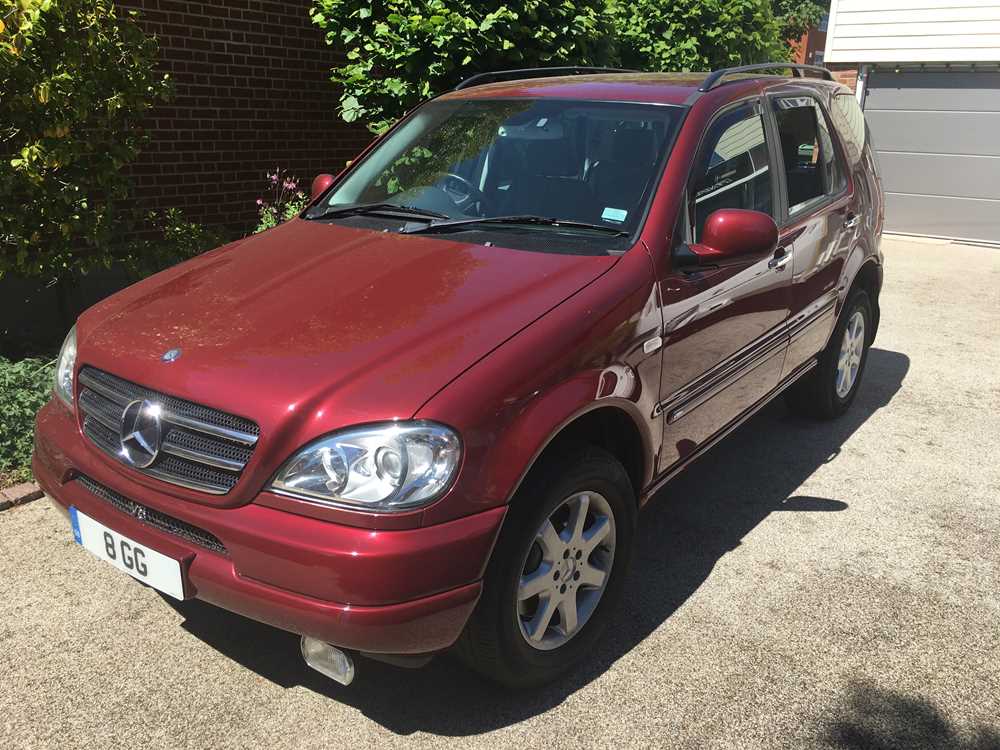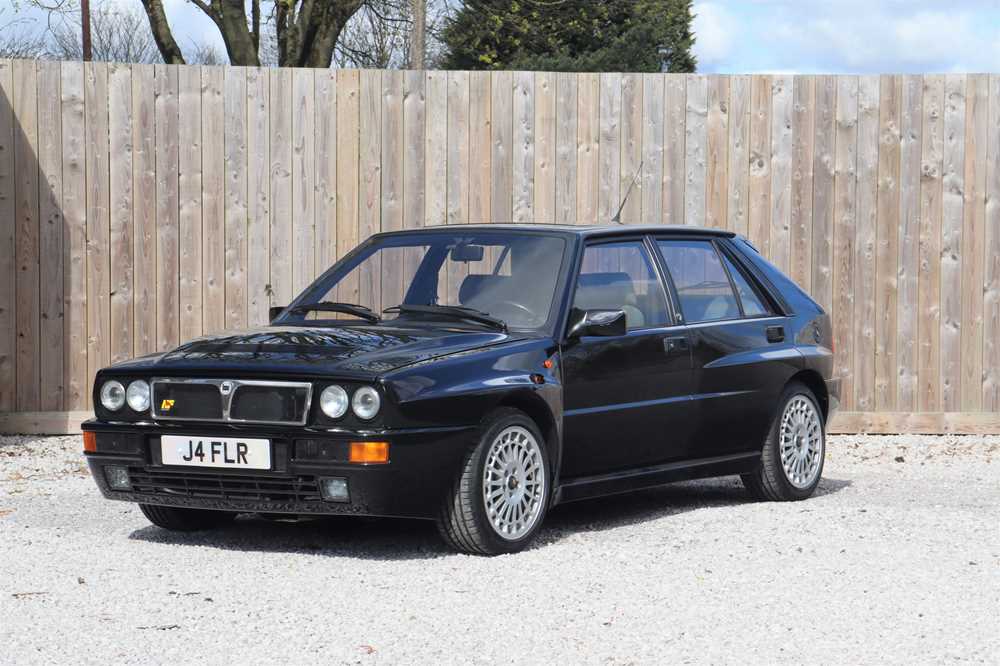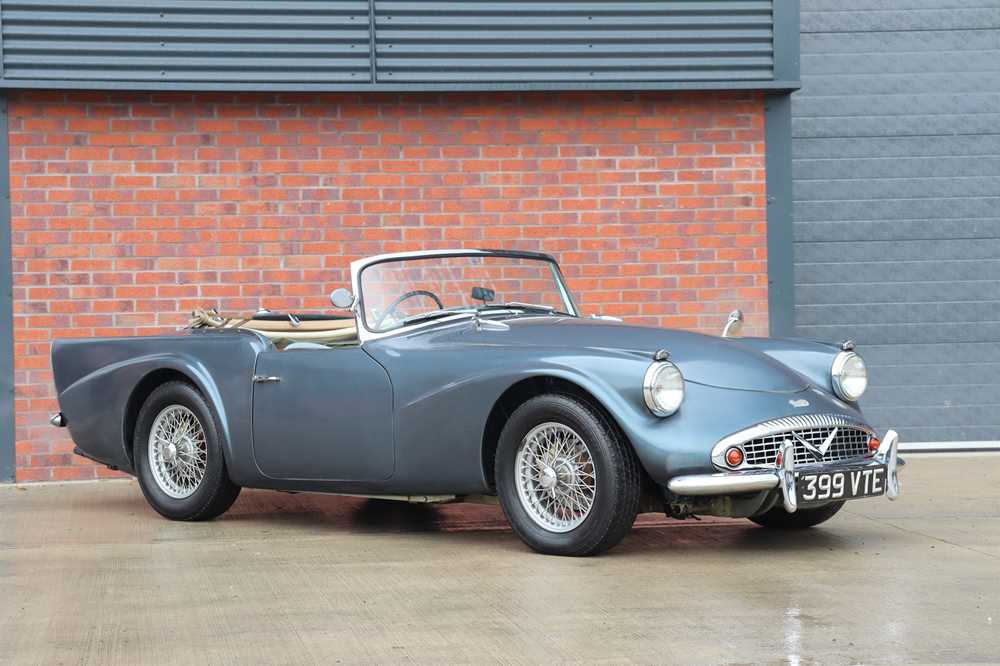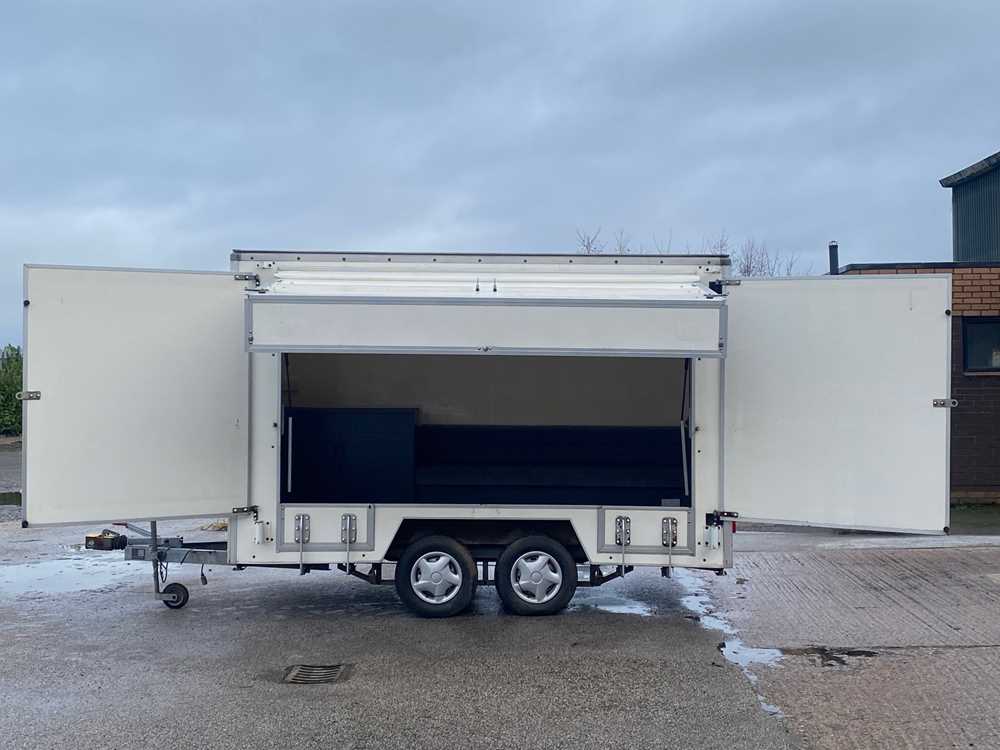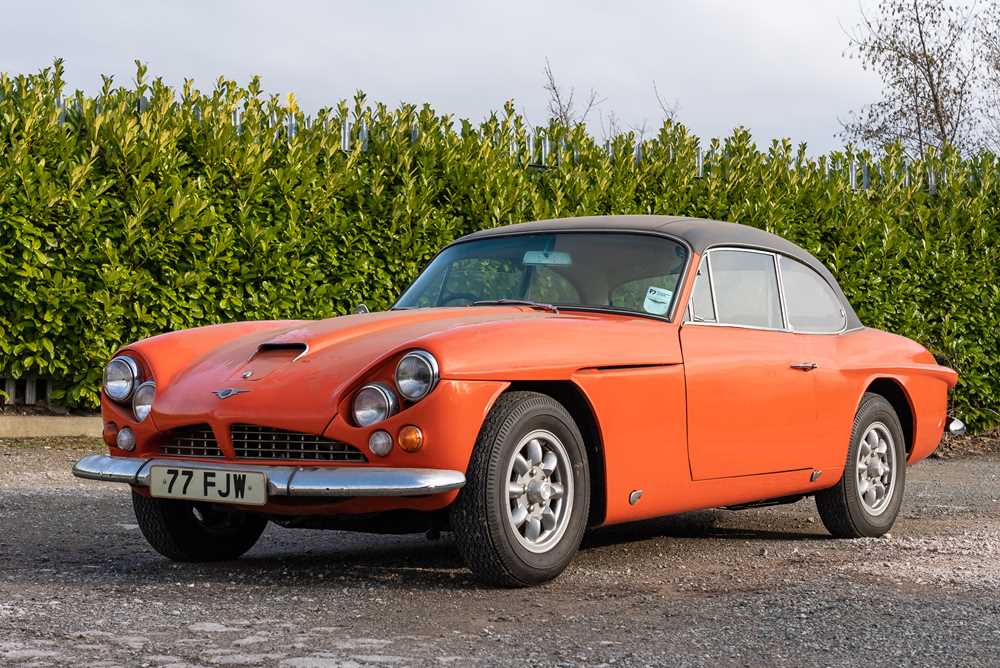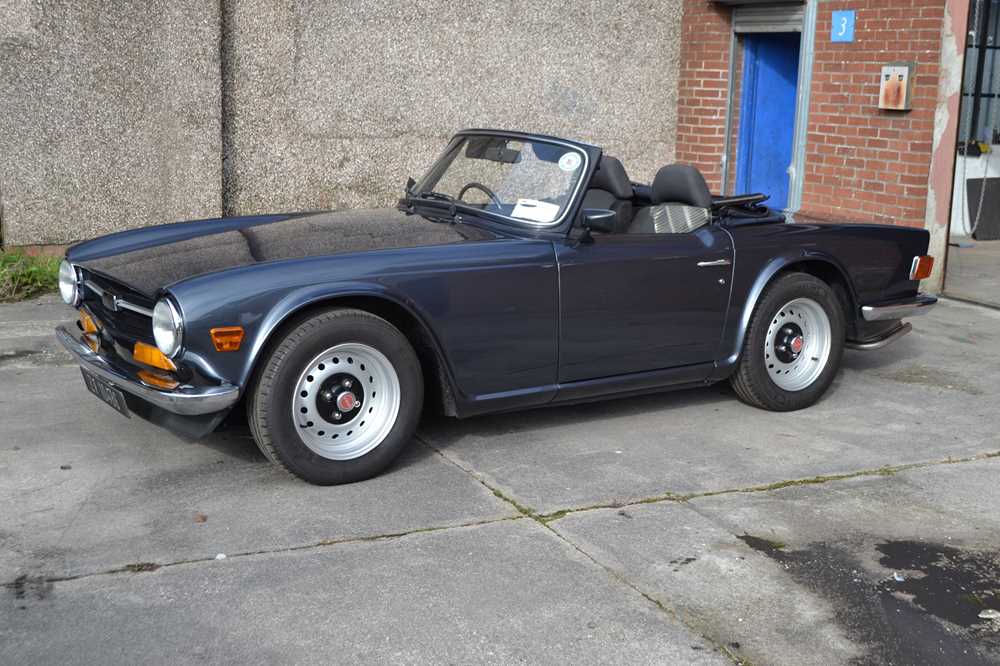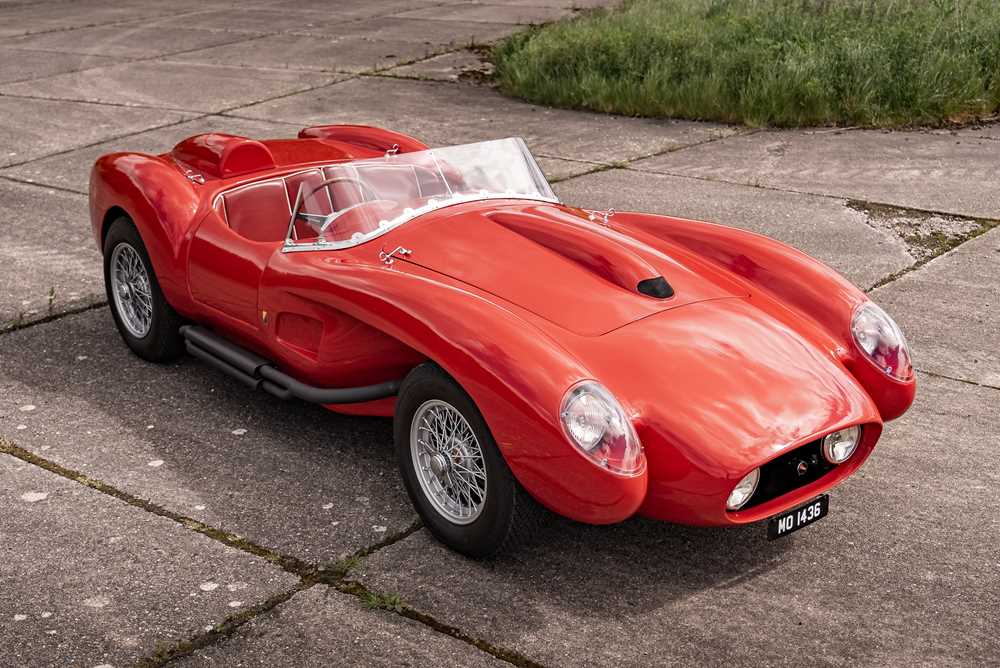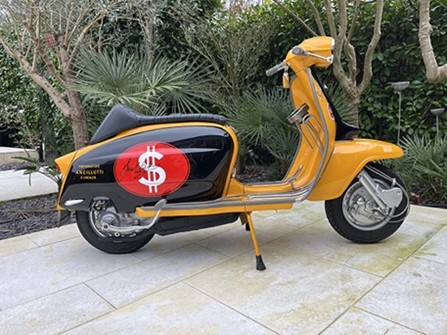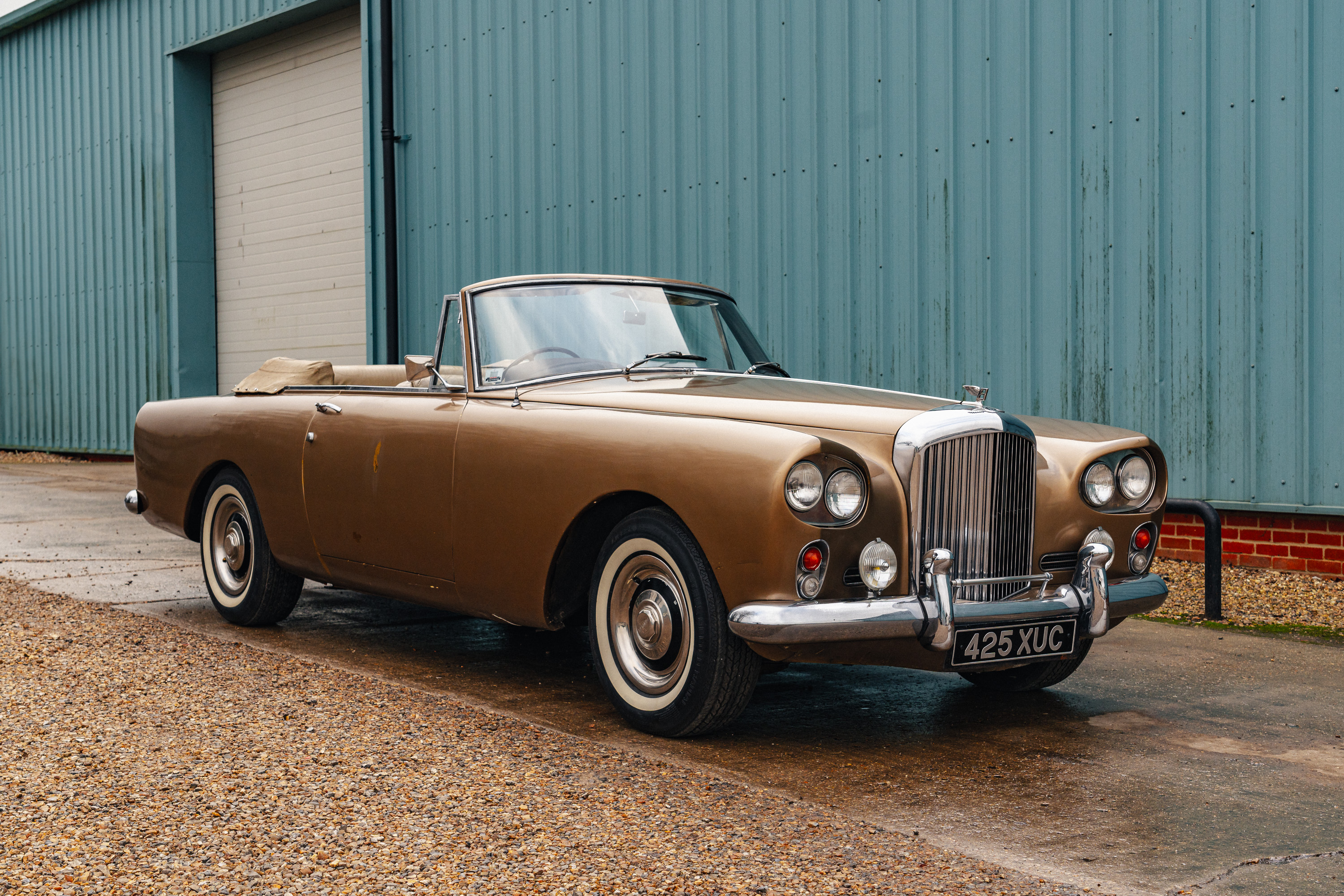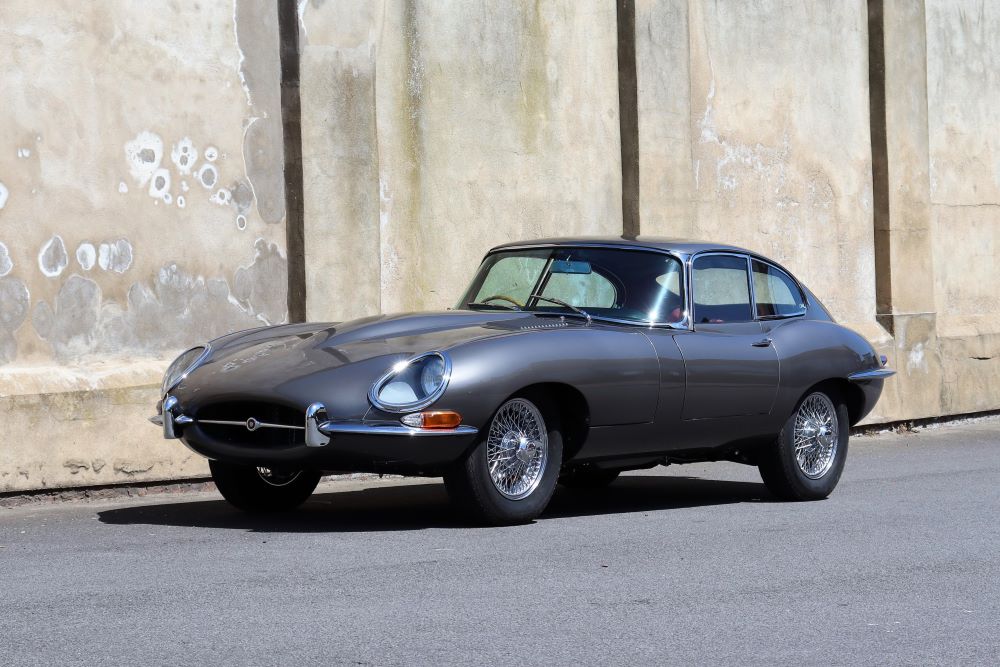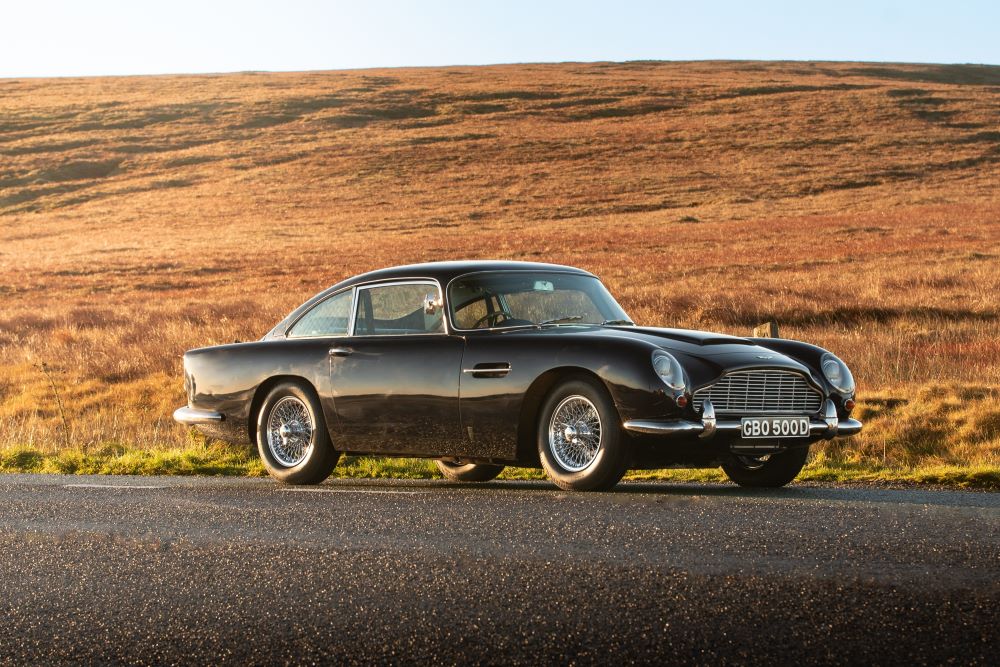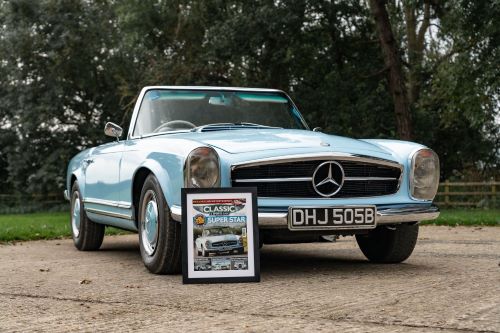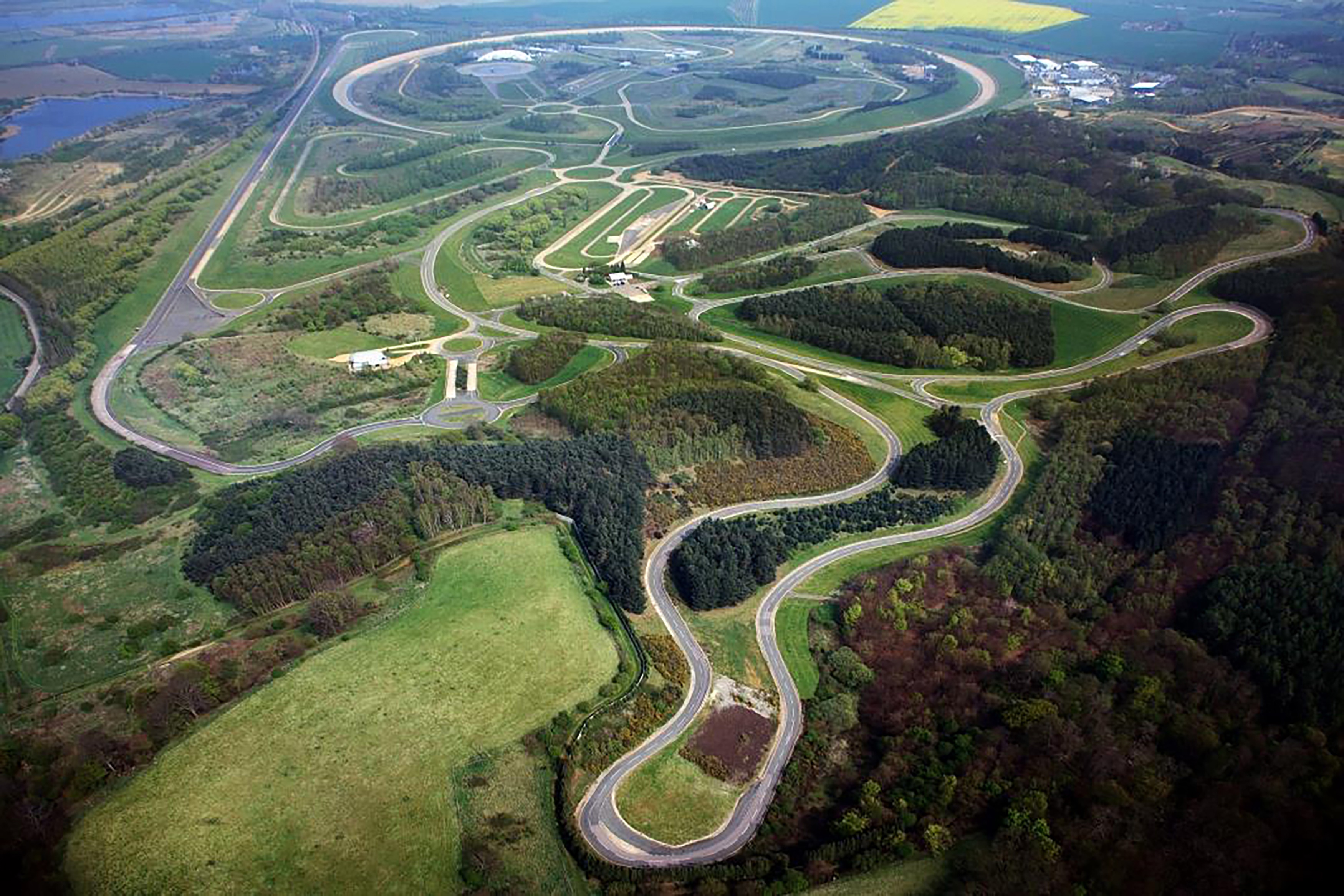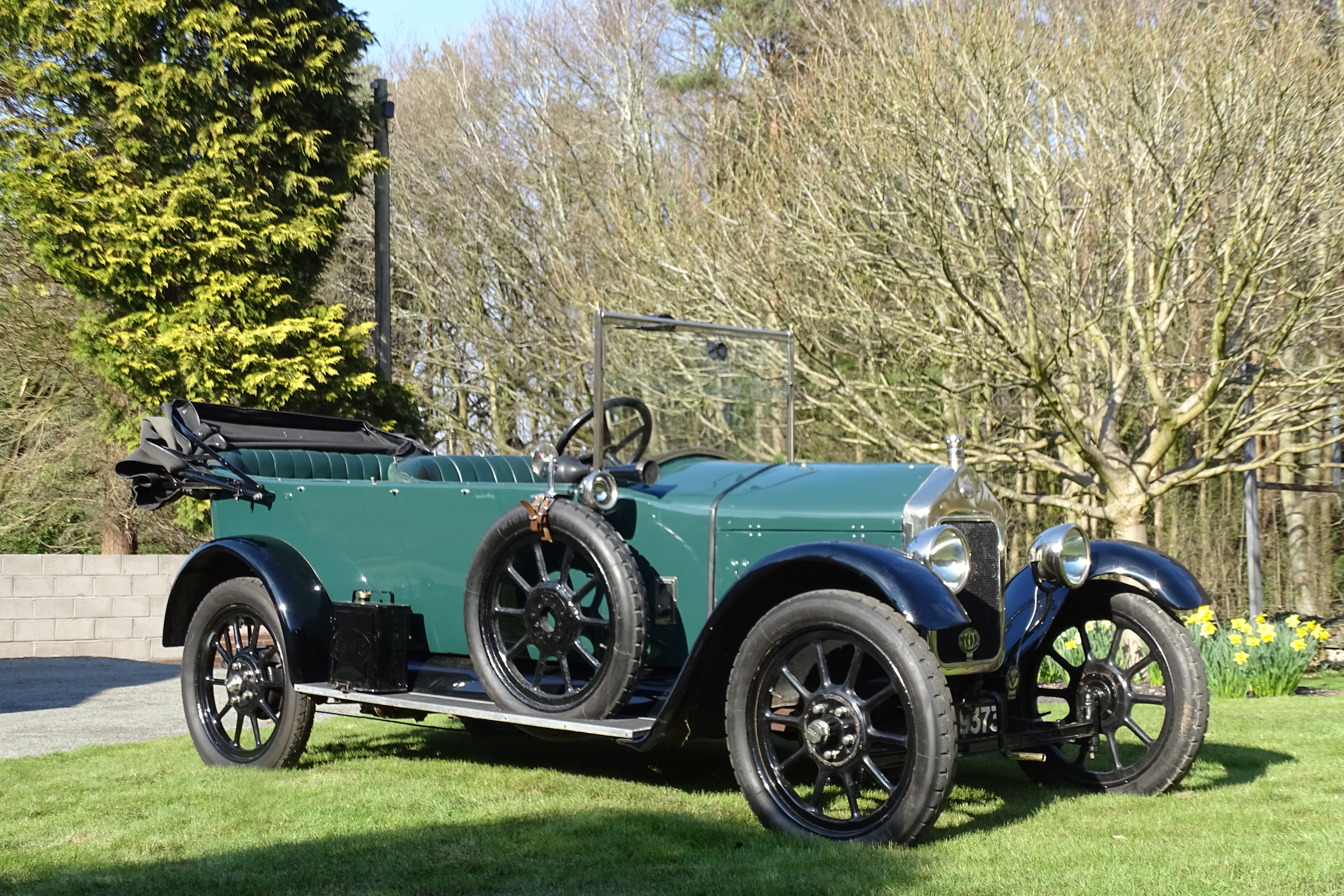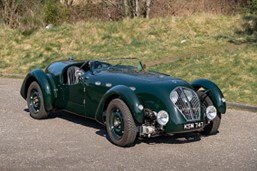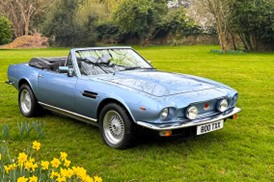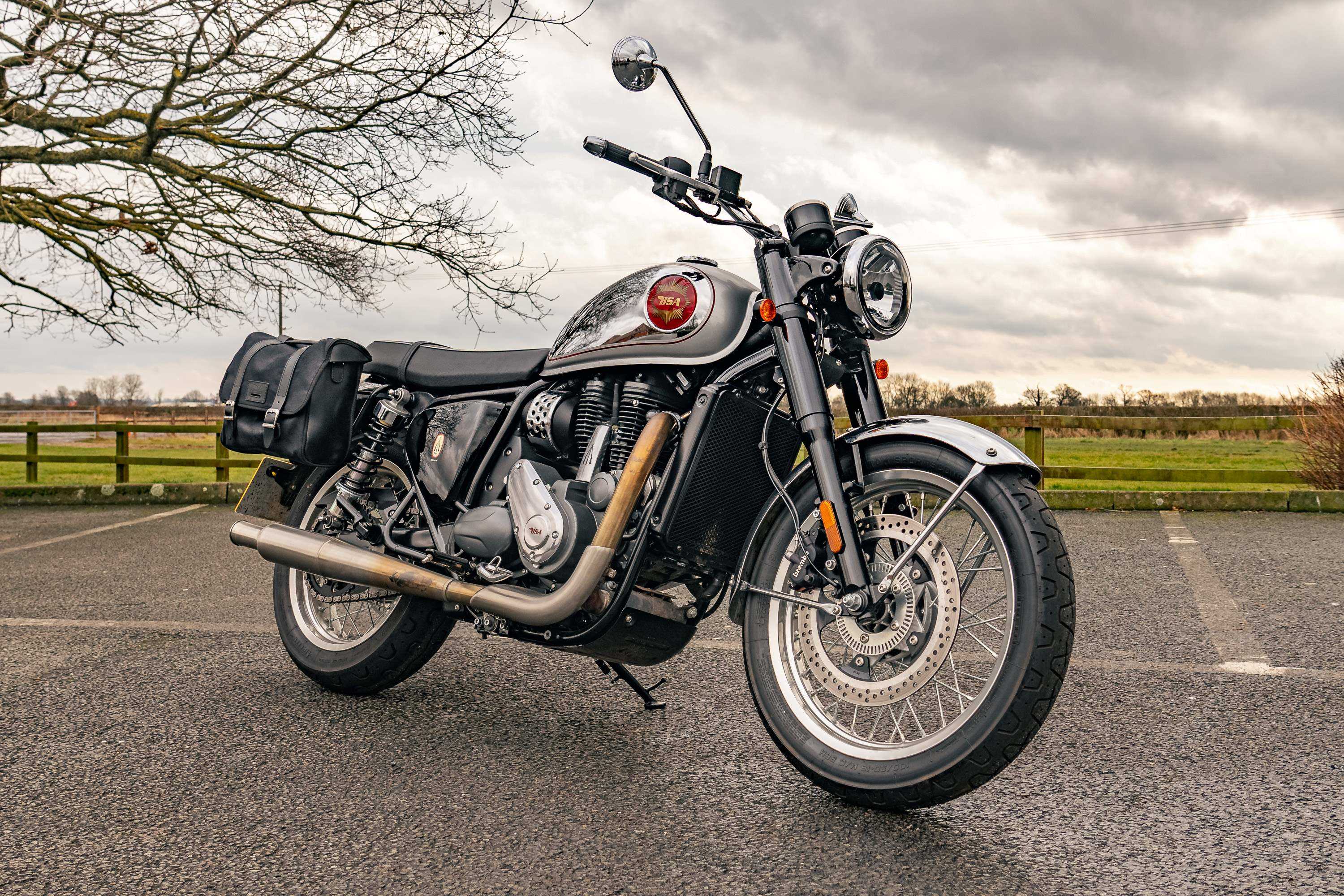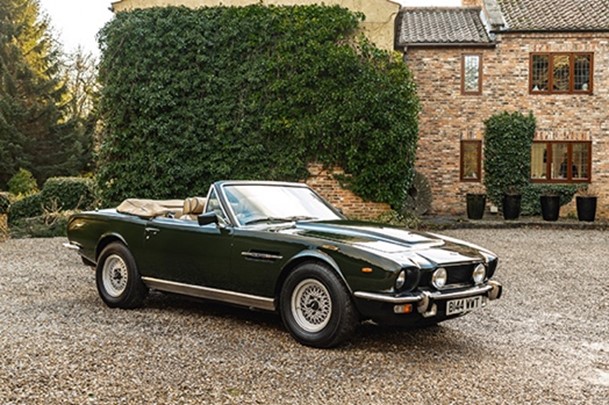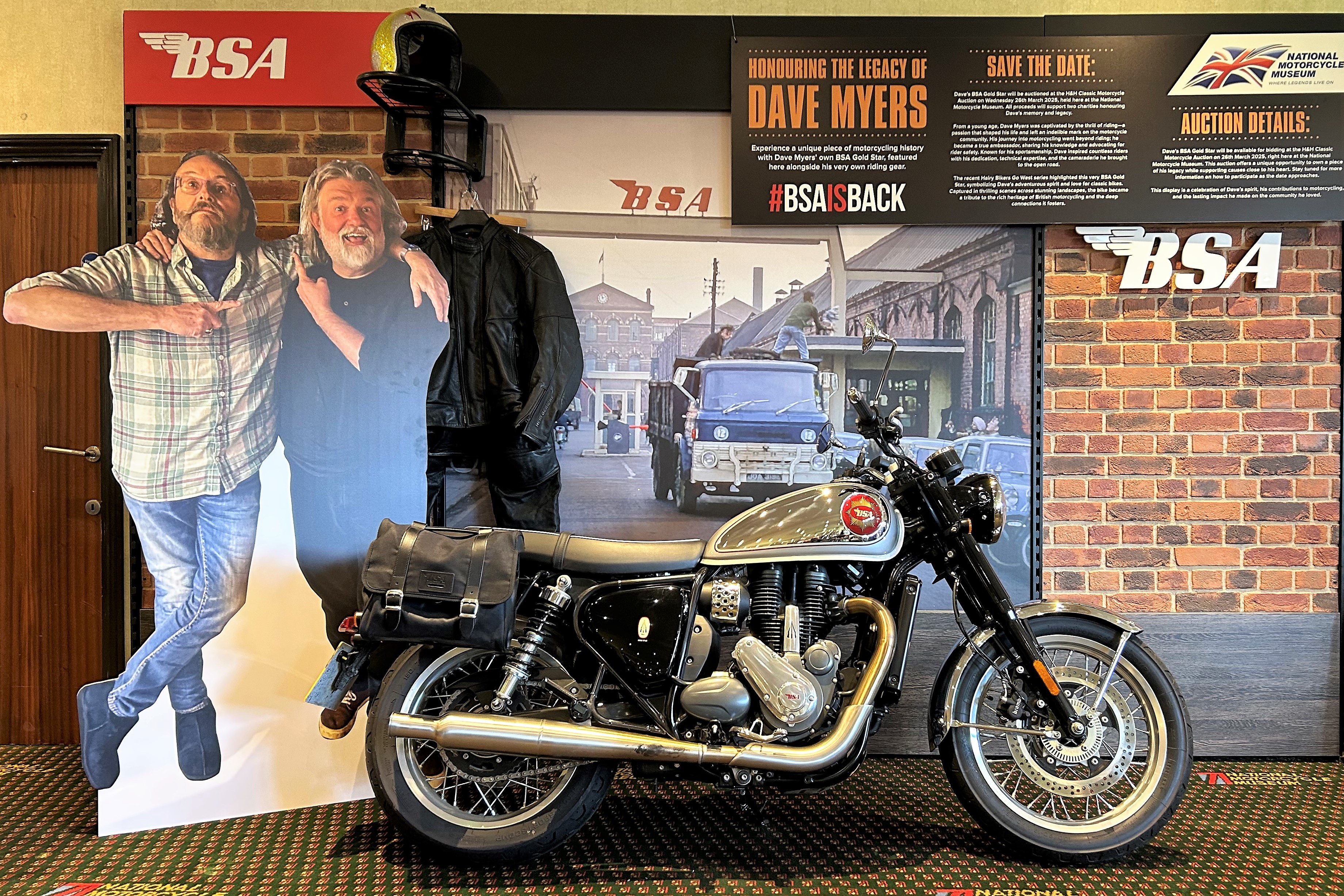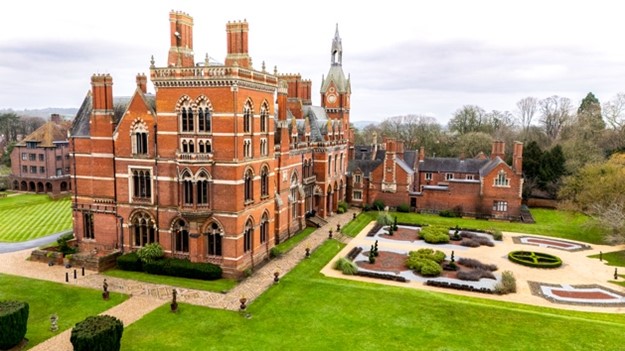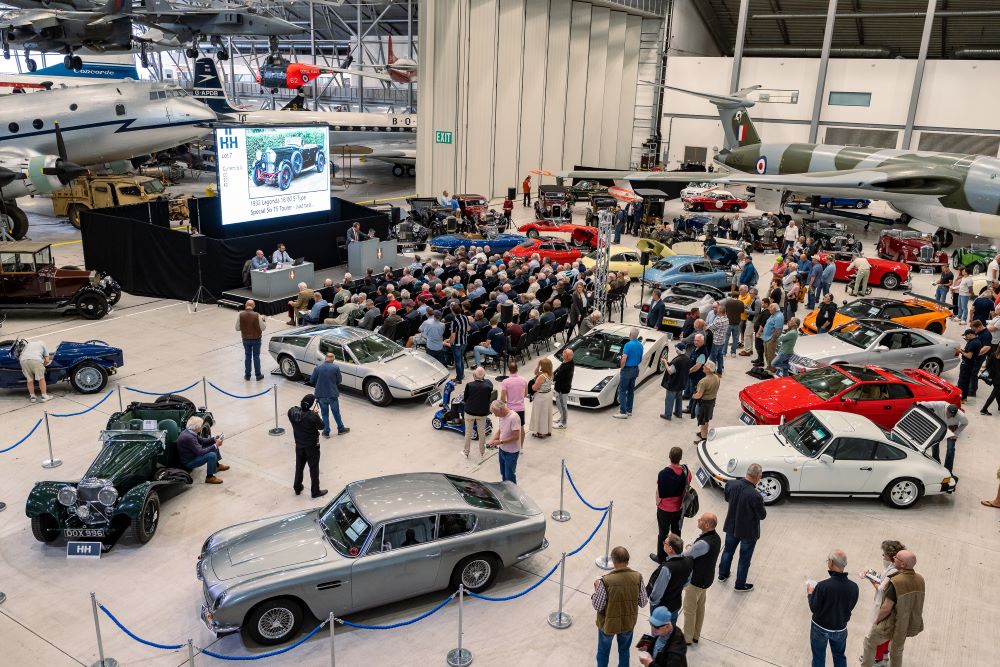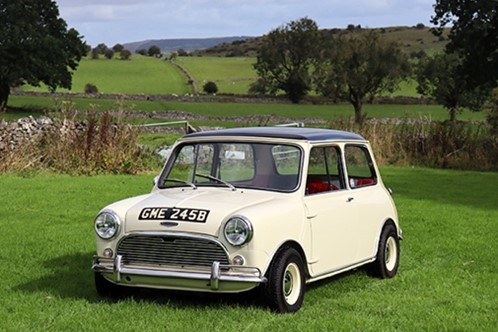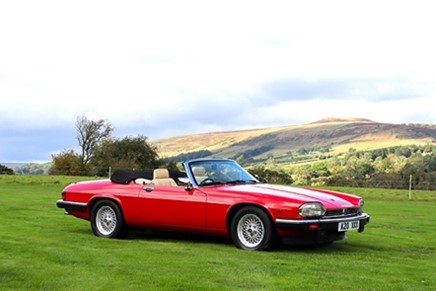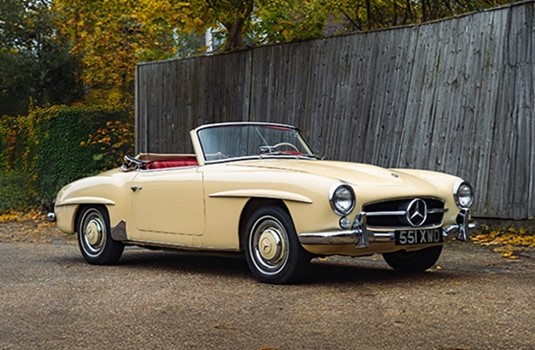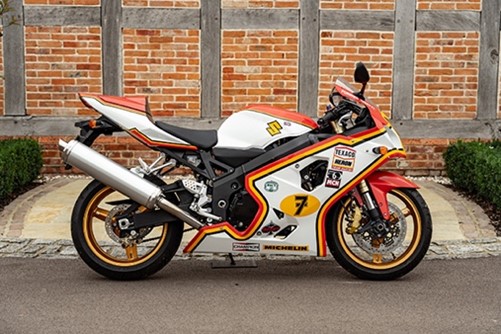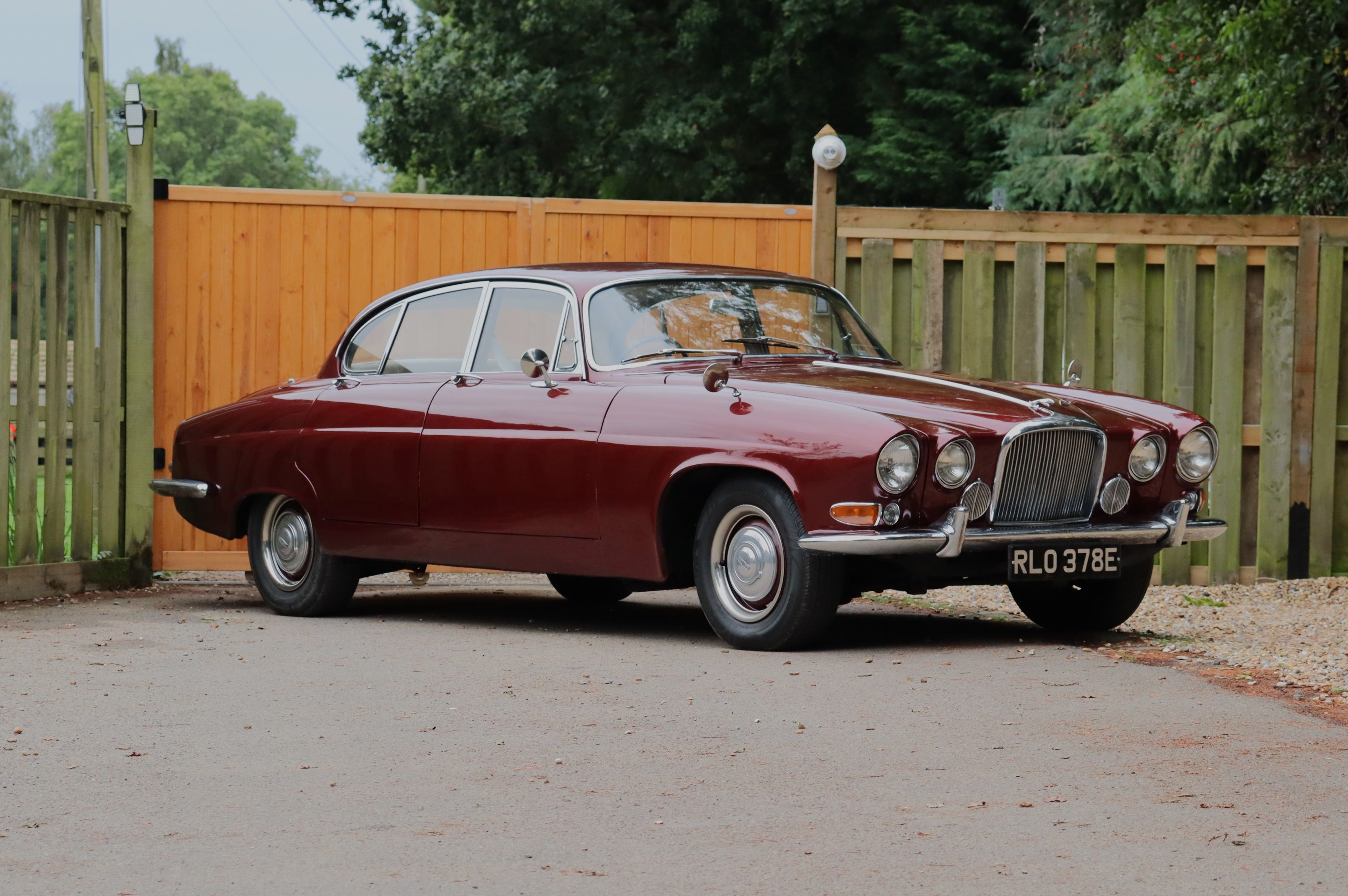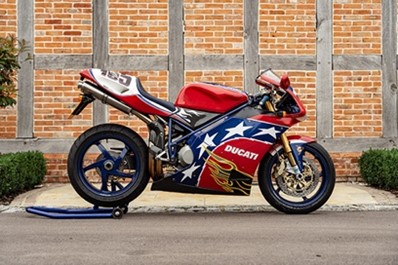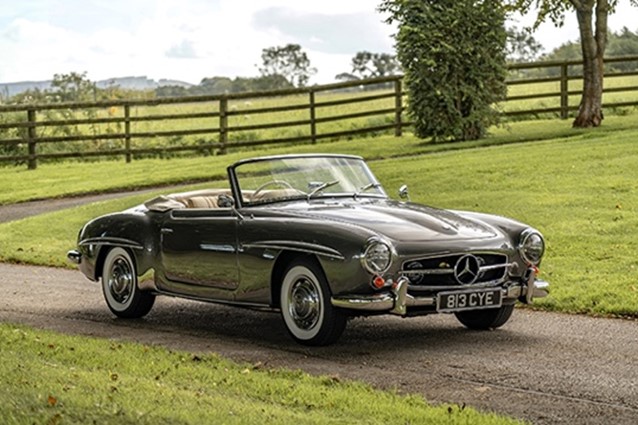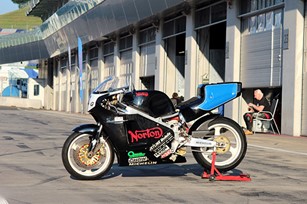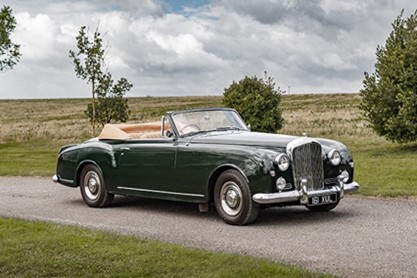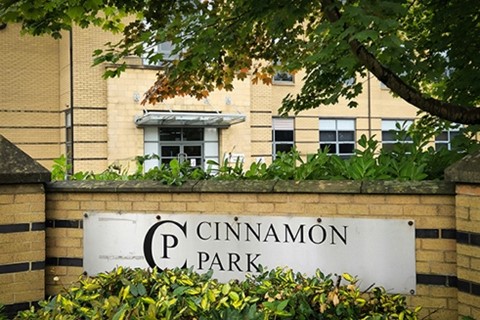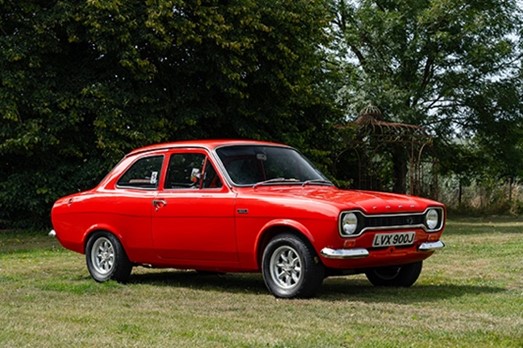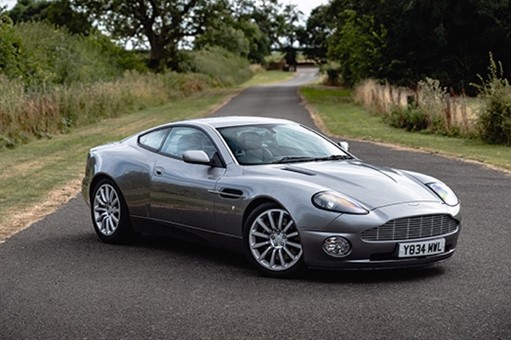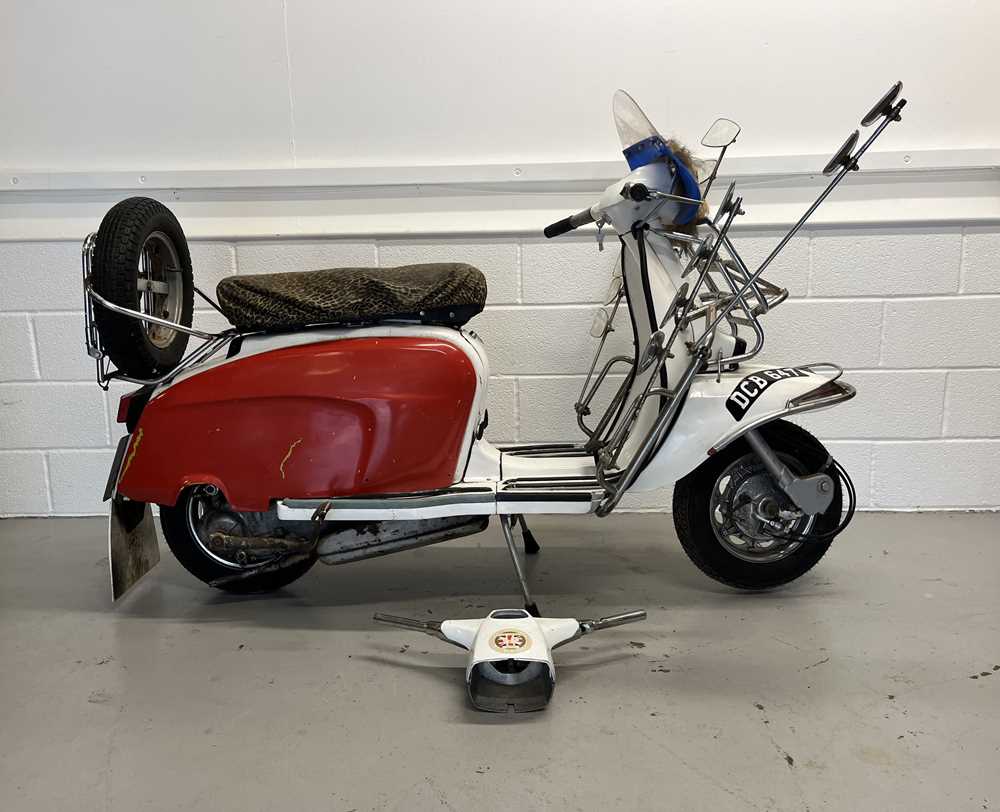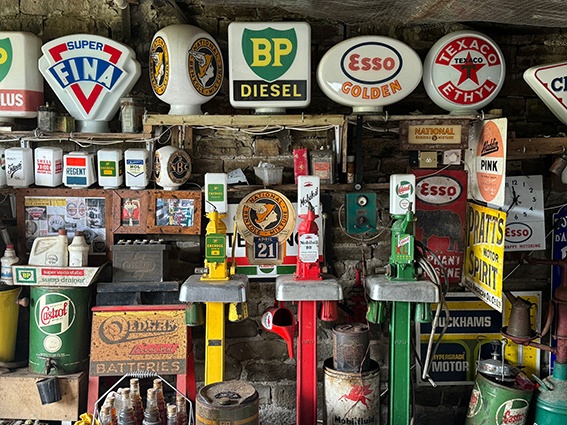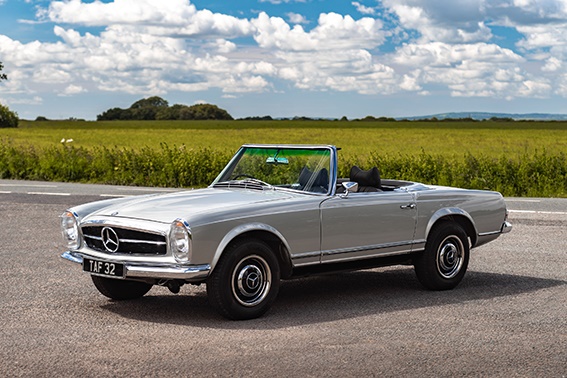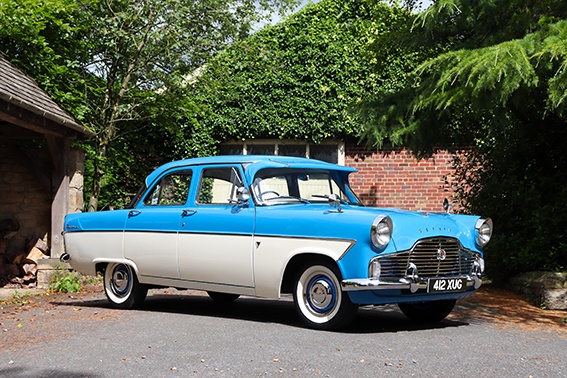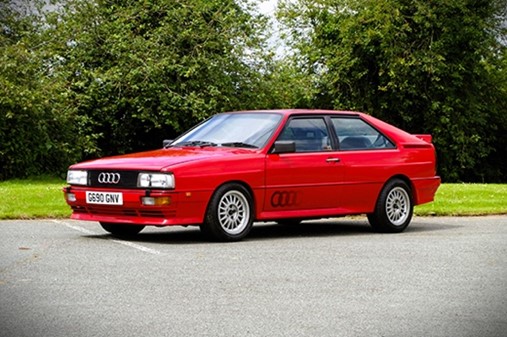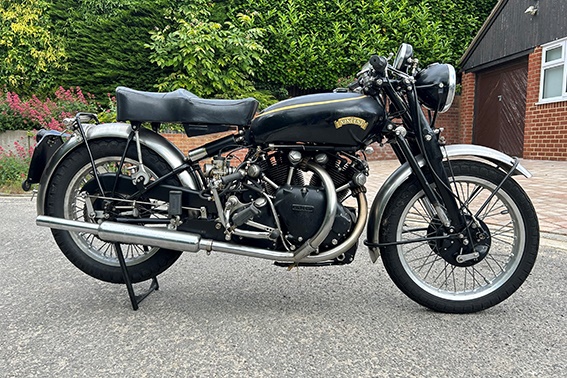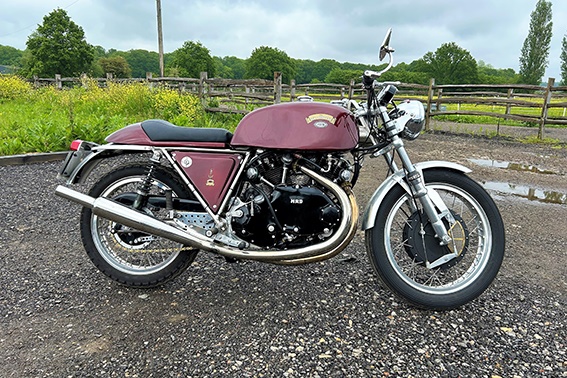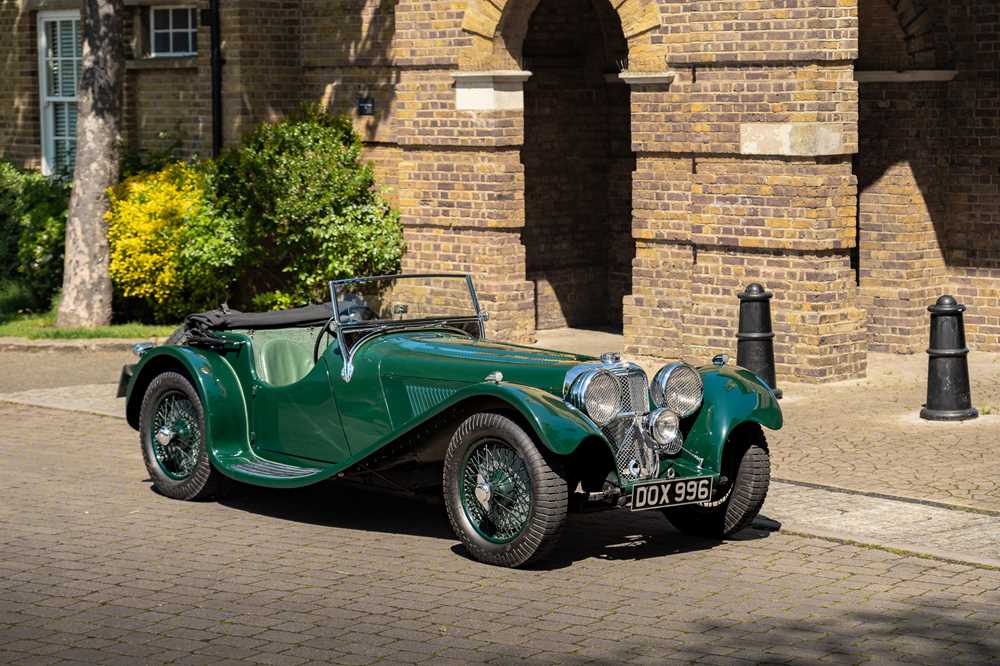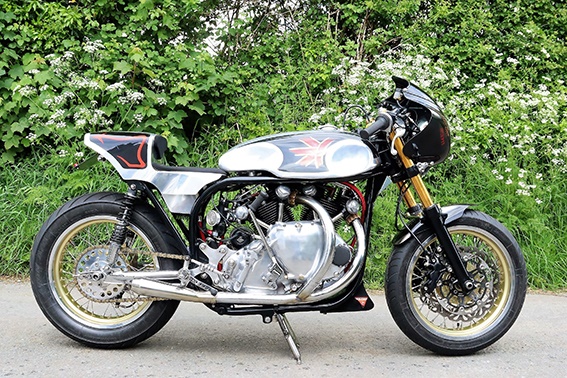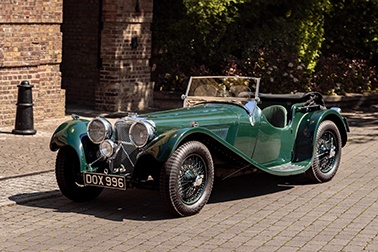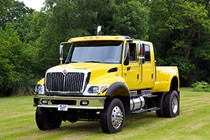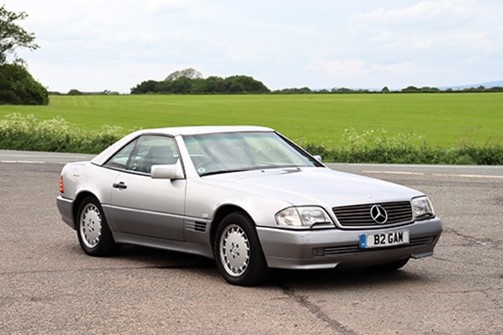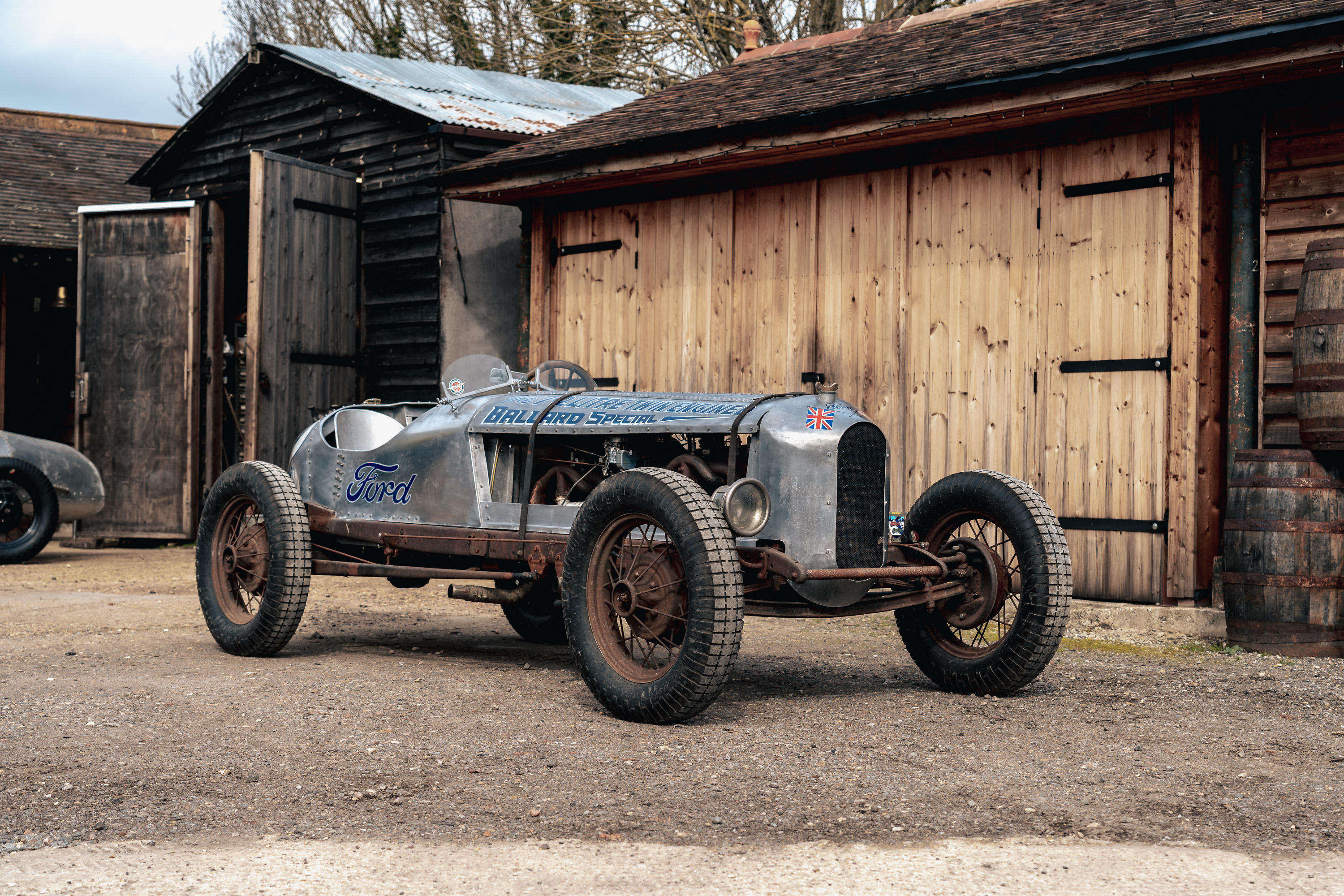7th Dec, 2011 15:00
The Pavilion Gardens
1965 Aston Martin DB5 Vantage
Sold for £202,500
(including buyers premium)
Registration No: DFV 5C
Chassis No: DB5/2204/R
Mot Expiry: Oct 2012
Think Bond, James Bond and, despite his countless other modes of transport, you'll probably picture the silver DB5s of Goldfinger and Thunderball. The question is, does he who drives a DB5 automatically assume the charismatic ways of Ian Fleming's all-conquering hero - the American who paid almost £3 million for the begadgeted star of those blockbuster movies presumably hoped so? However, exciting as that dream may be, the fact is the standard DB5 is itself a bewitching beast and has much to offer us ordinary mortals. It is for good reason the model has become the major star of all the David Brown Aston Martins.
The DB5's DNA grew out of the DB4; a very different car from the DB MKIII it replaced. Launched at the 1958 Paris Motorshow, it featured a new platform chassis conceived by Harold Beech. This was topped by a cage of small diameter tubes clothed in hand-made alloy body panels. The process, known as superleggera (lightweight), was evolved by Carrozzeria Touring of Milan and employed under licence by Aston Martin at its Newport Pagnell plant - the DB4 was the first model to be built in full at the site.
The newcomer was powered by an all-aluminium straight-six engine of 3670cc, conceived in house by the company's Polish designer Tadek Marek. When topped by the standard twin SU HD8 carburettors, it produced in the region of 240bhp - sufficient to power the Aston to 60mph in nine seconds and on to a top speed of some 140mph. Braking was by servo-assisted discs all round. The front suspension was independent by wishbones and coil springs, while the rear featured a coil-sprung live axle further located by a Watts linkage. Steering was by rack and pinion. Over its six year reign, the DB4 was progressively developed through five 'Series'.
The most visible changes concerned the addition of window frames for the Series 2 and the adoption of a barred (as opposed to egg crate) grille for the Series 4 cars. The Series 5 cars introduced in September 1962 were both longer (9 cm) and taller. However, the overall height was maintained by changing from 16- to 15-inch diameter wheels. Almost all Series 5 models were built to 'Vantage' specification - ie they featured the 'special series' 266bhp engine with its triple SU carburettors, bigger valves and higher compression, plus the faired-in headlights from the DB4GT, with the addition of a chrome surround. This final iteration of the DB4 can be considered a prototype DB5 in all but name.
So, more evolution than revolution, the DB5 was still a significant step forward when it took to the stage in 1963. For a start it was faster than its predecessor. Courtesy of a new 3995cc 282bhp triple carburettor version of Marek's masterpiece, it was now capable of almost 150mph and could reach 60mph in a whisker over seven seconds. Initially there was the option of a five-speed ZF gearbox, but this soon became the standard fitment. The car's general specification had also improved and now included: an alternator in place of the dynamo, reclining seats, pile carpets, electric windows, tinted glass and four silencers for the exhaust. A total of some 898 DB5s are understood to have been produced at Newport Pagnell before the model was replaced by the altogether larger, Kamm-tailed DB6 in late 1965.
The sale car was supplied new to Banner Plant Ltd of Sheffield and first road registered as 'DFV 5C' on September 7th 1965. In common with Commander Bond's Goldfinger DB5, it is now finished in Silver Metallic and trimmed in Black leather. It is one of just 65 DB5 saloons to be equipped with the triple-Weber Vantage engine and so had a quoted 314bhp on tap when new. Moreover, thanks to a subsequent conversion, it these days runs on unleaded fuel. Though still a fully equipped road car, it has also been modified to compete in sprints, hillclimbs and track days. The relevant upgrades include: lowered suspension, performance exhaust system, roll cage (that can easily be removed), Sparco racing seats, full harness seatbelts, fire control system etc. While the vendor has frequently competed with the car, he is eager to point out it has never been abused on road or track.
As part of a twenty-car private collection, 'DFV 5C' was among four of his Aston Martins to participate in the opening of the M6 Toll Road during December 2003, and was pictured towards the head of the parade on the front cover of the February 2004 edition of the Aston Martin Owners' Club magazine. Now being sold complete with a fresh MOT and history file containing sundry invoices, correspondence, copy build sheet, details of past MOTs dating back to 1976 etc, this exciting and very rare DB5 Vantage is considered by the vendor to have "good" bodywork, paintwork, interior trim, engine and gearbox. It even comes with a deactivated Walther PPK pistol - what more could a budding James Bond require?!
Auction: The Pavilion Gardens, 7th Dec, 2011
All successful bids must be paid in full by midday the day after the auction at the latest.
You can collect your new pride and joy from our venue until 1pm the day following the sale or our partners are on hand to help arrange safe transportation:
Do you have an item to sell?
If so, contact one of our friendly specialists for your free valuation by completing the form below and someone will get back to you as quickly as possible.
If you prefer to speak to humans, don't hesitate to call our office on +44 (0)1925 210035
Other lots in this sale
